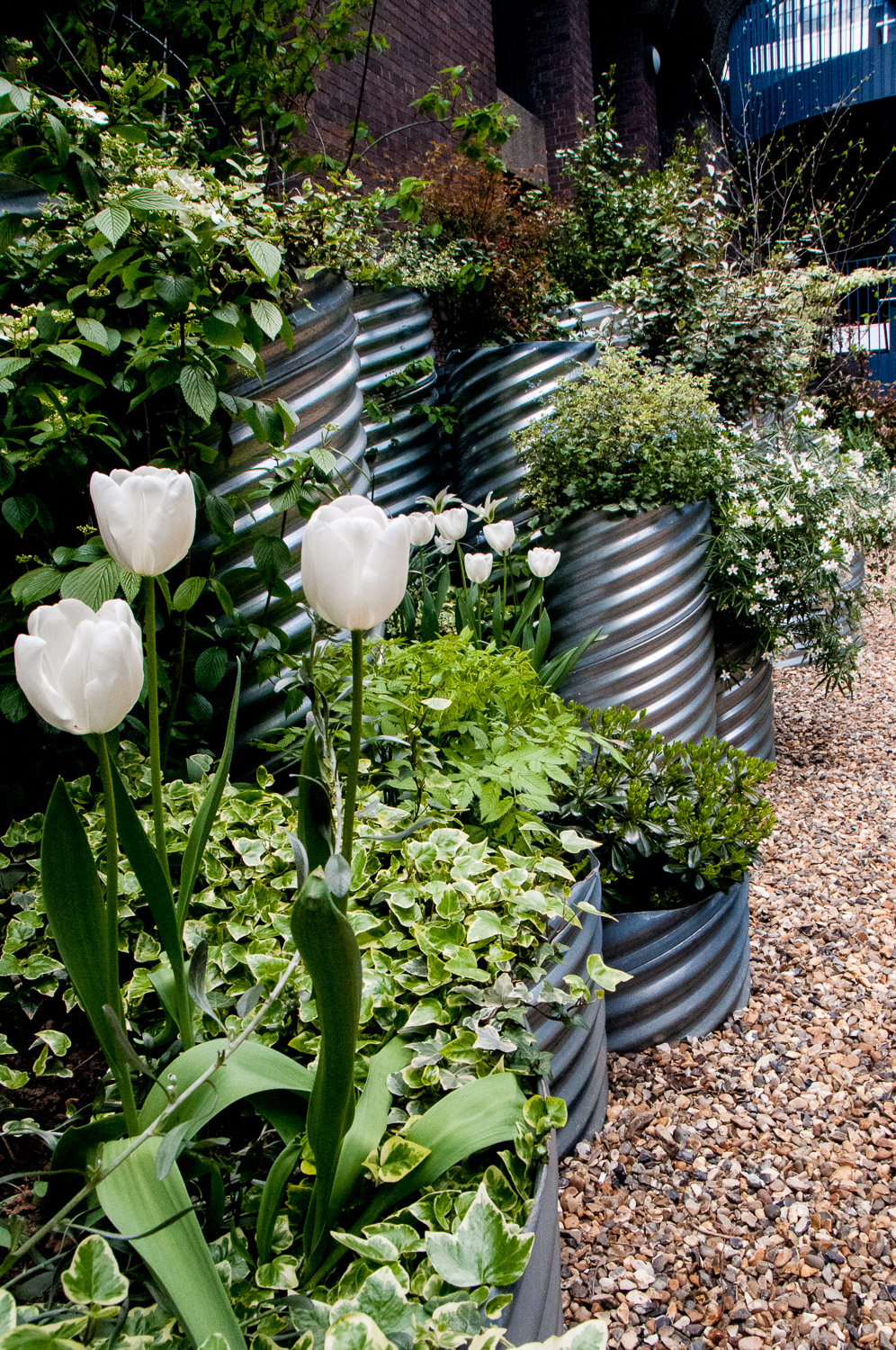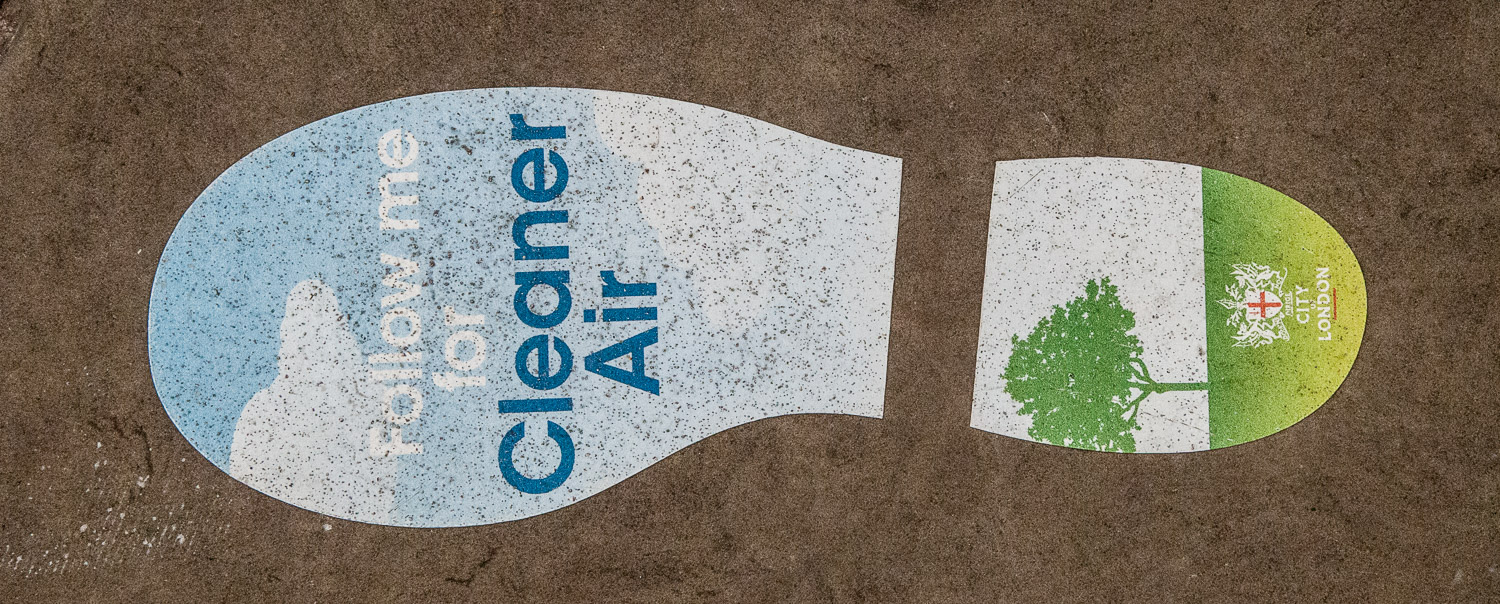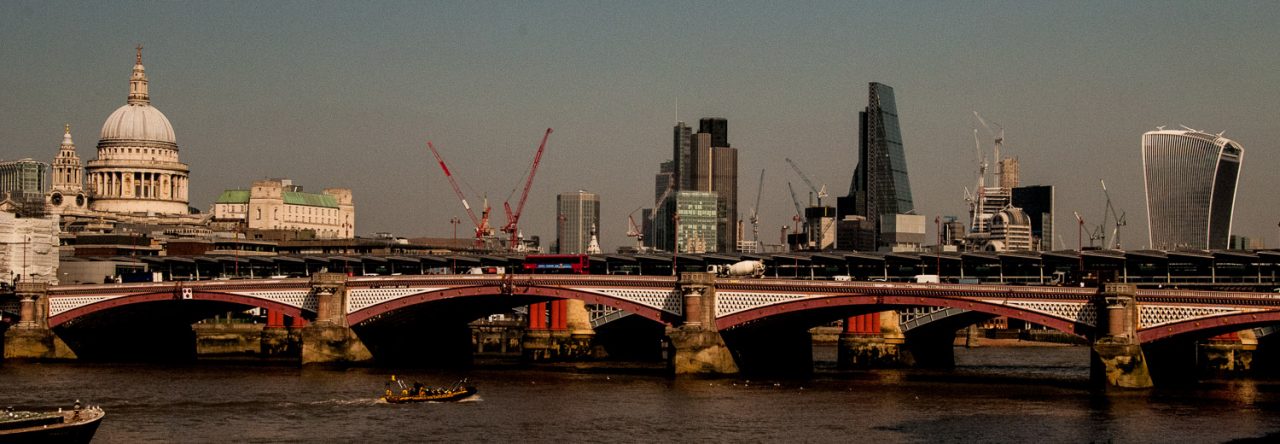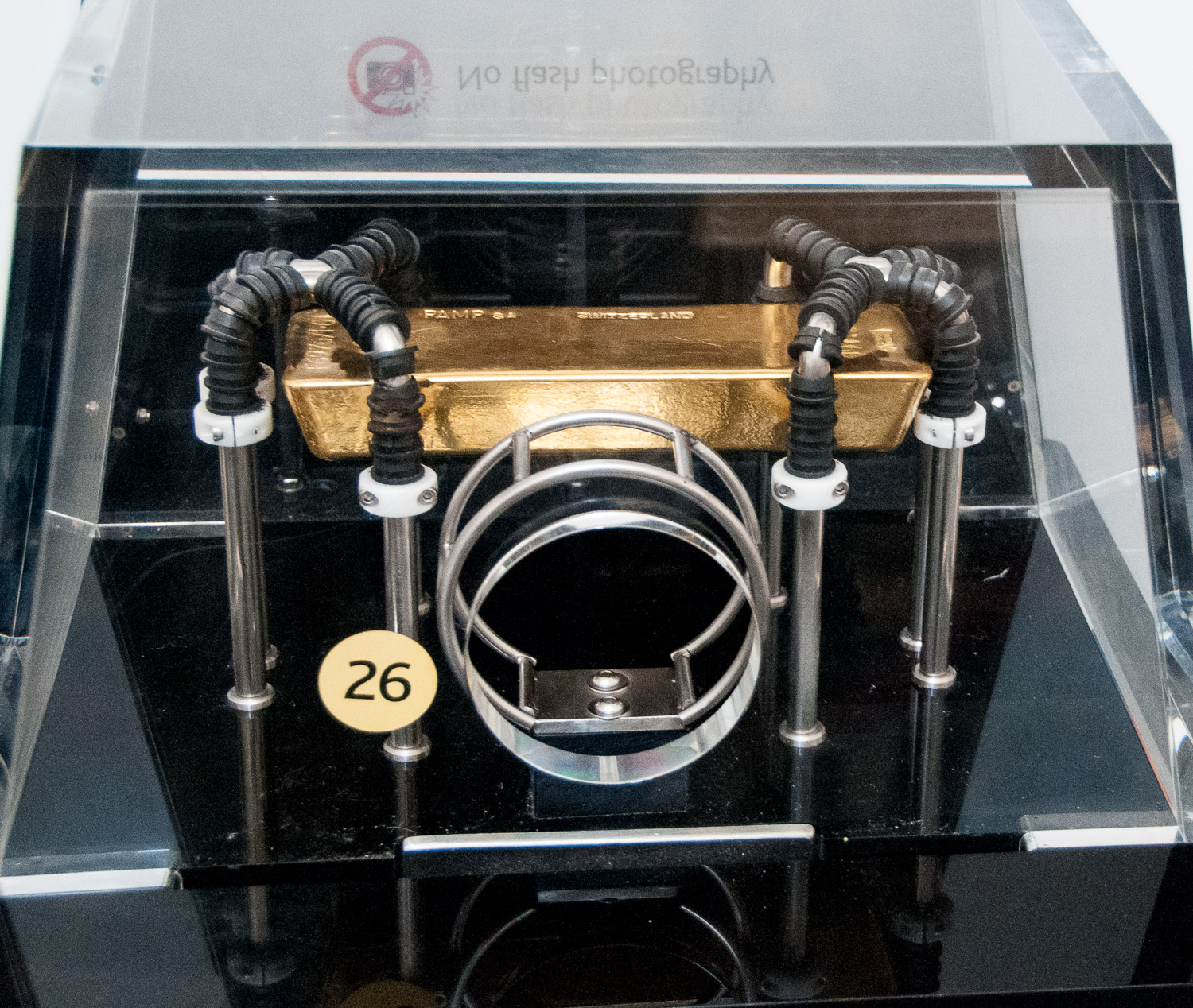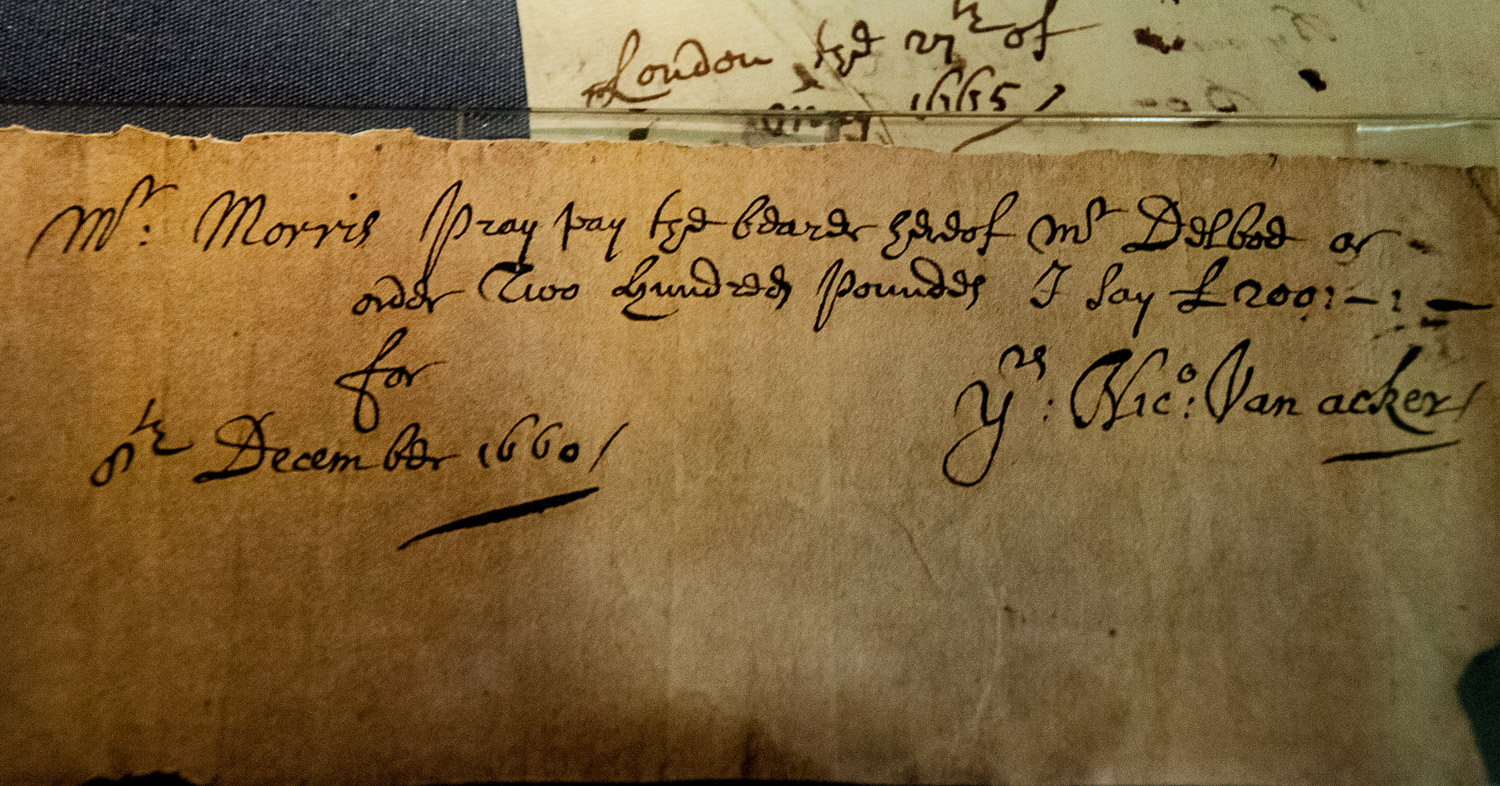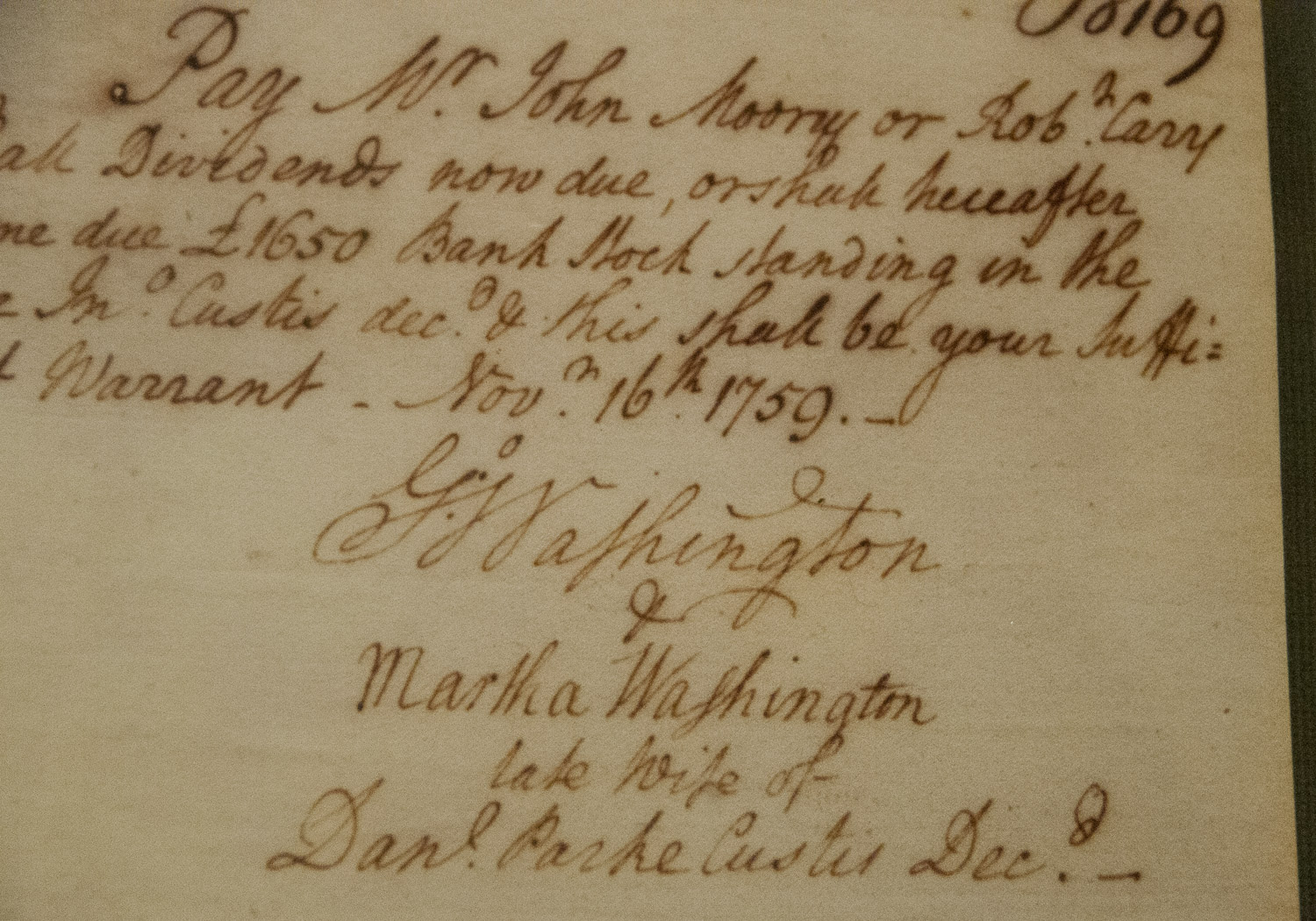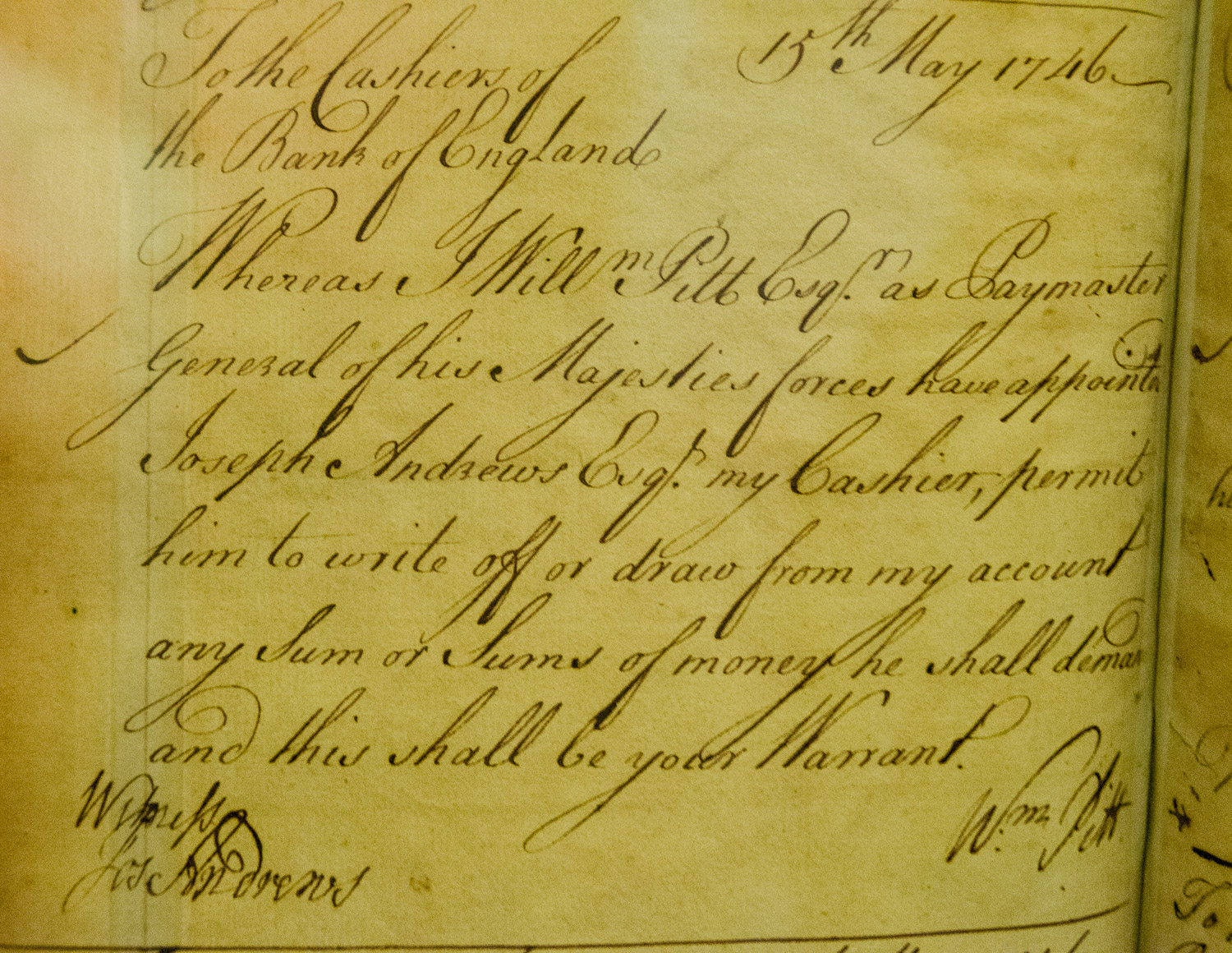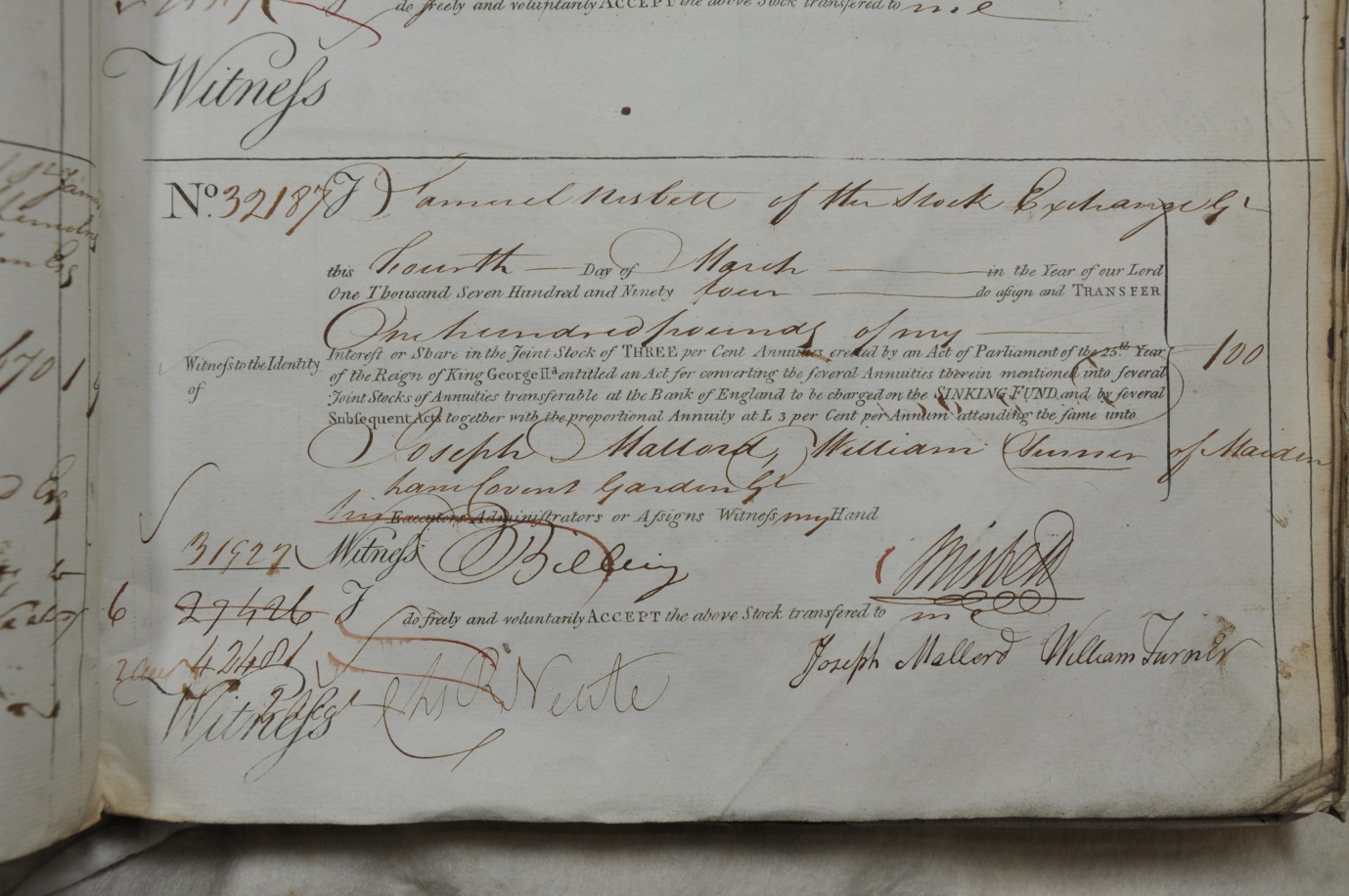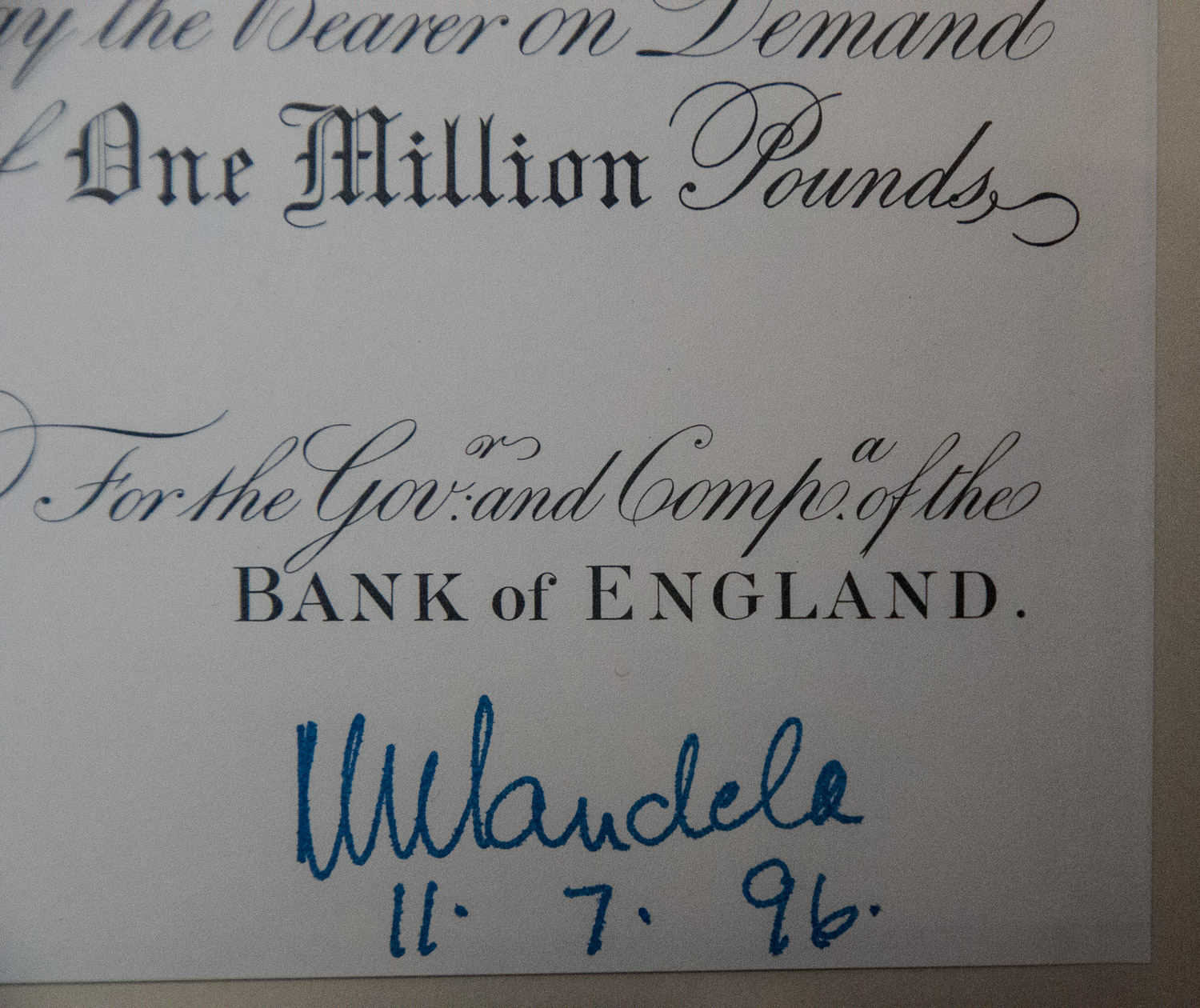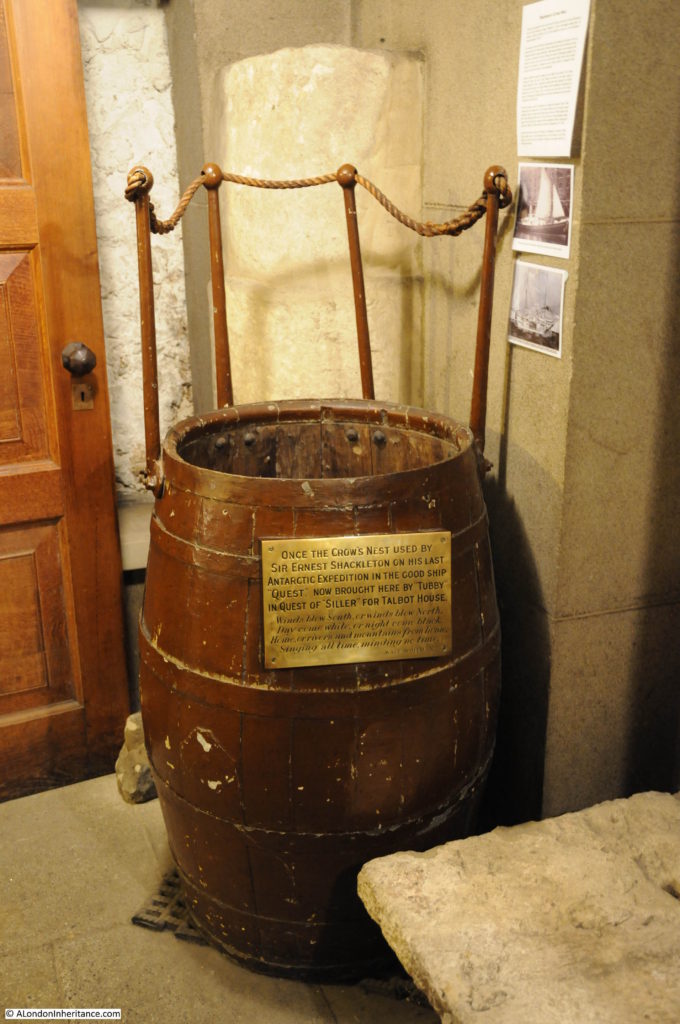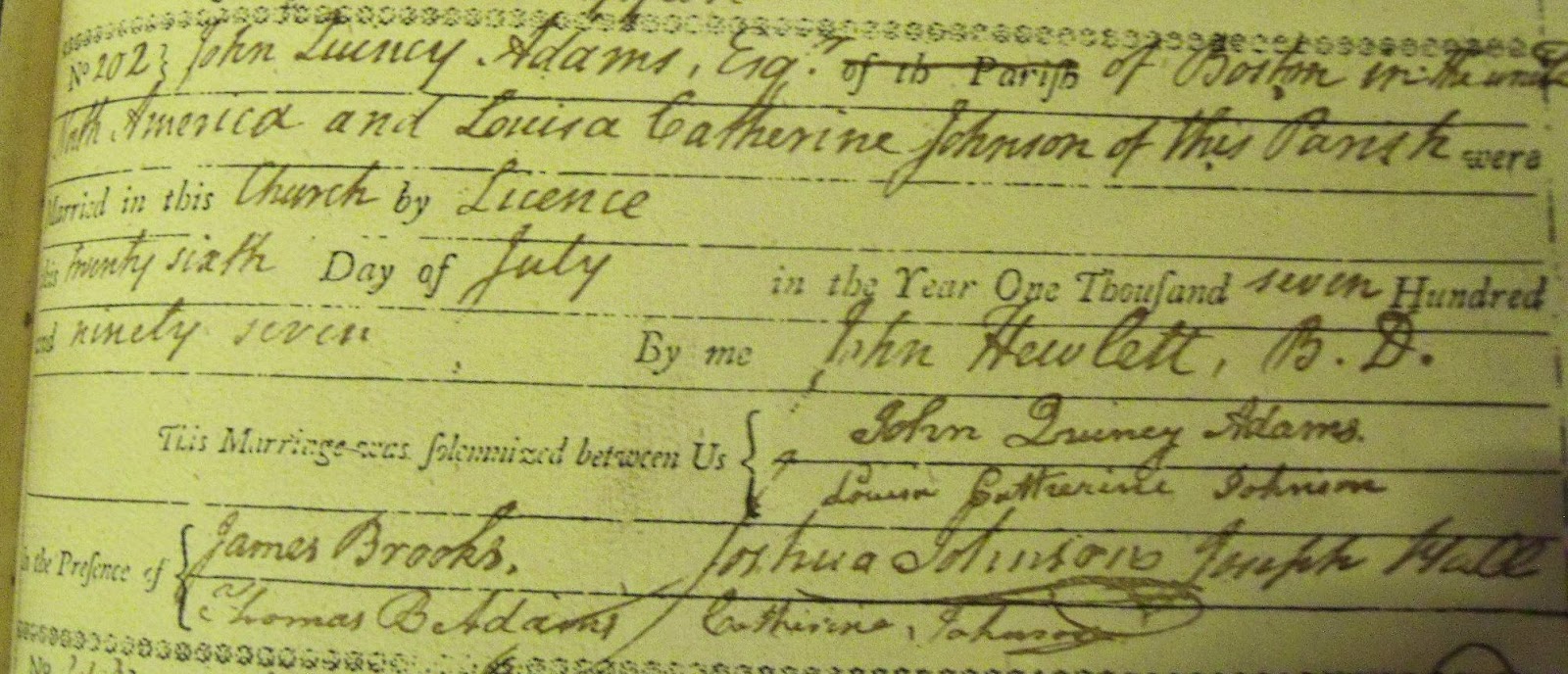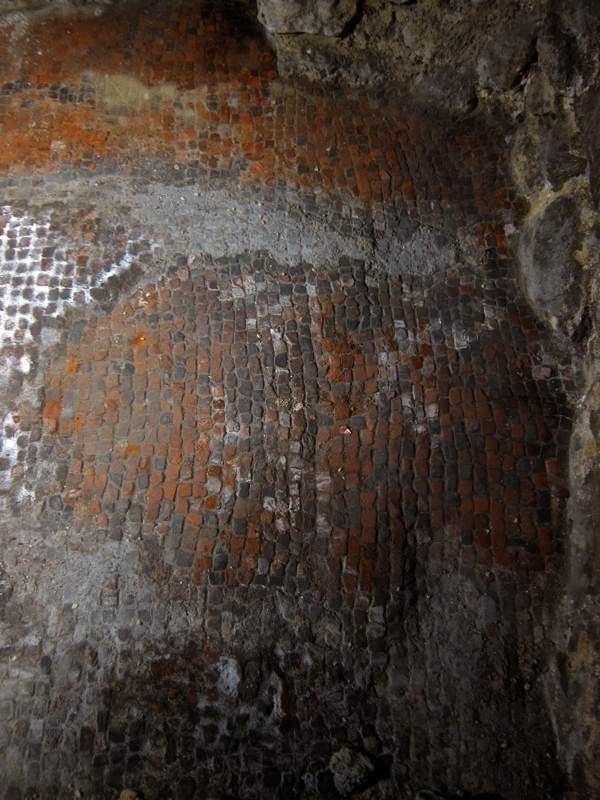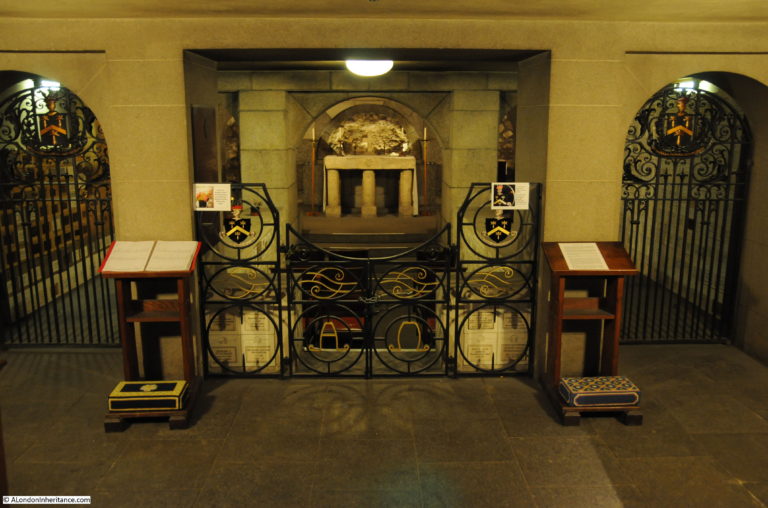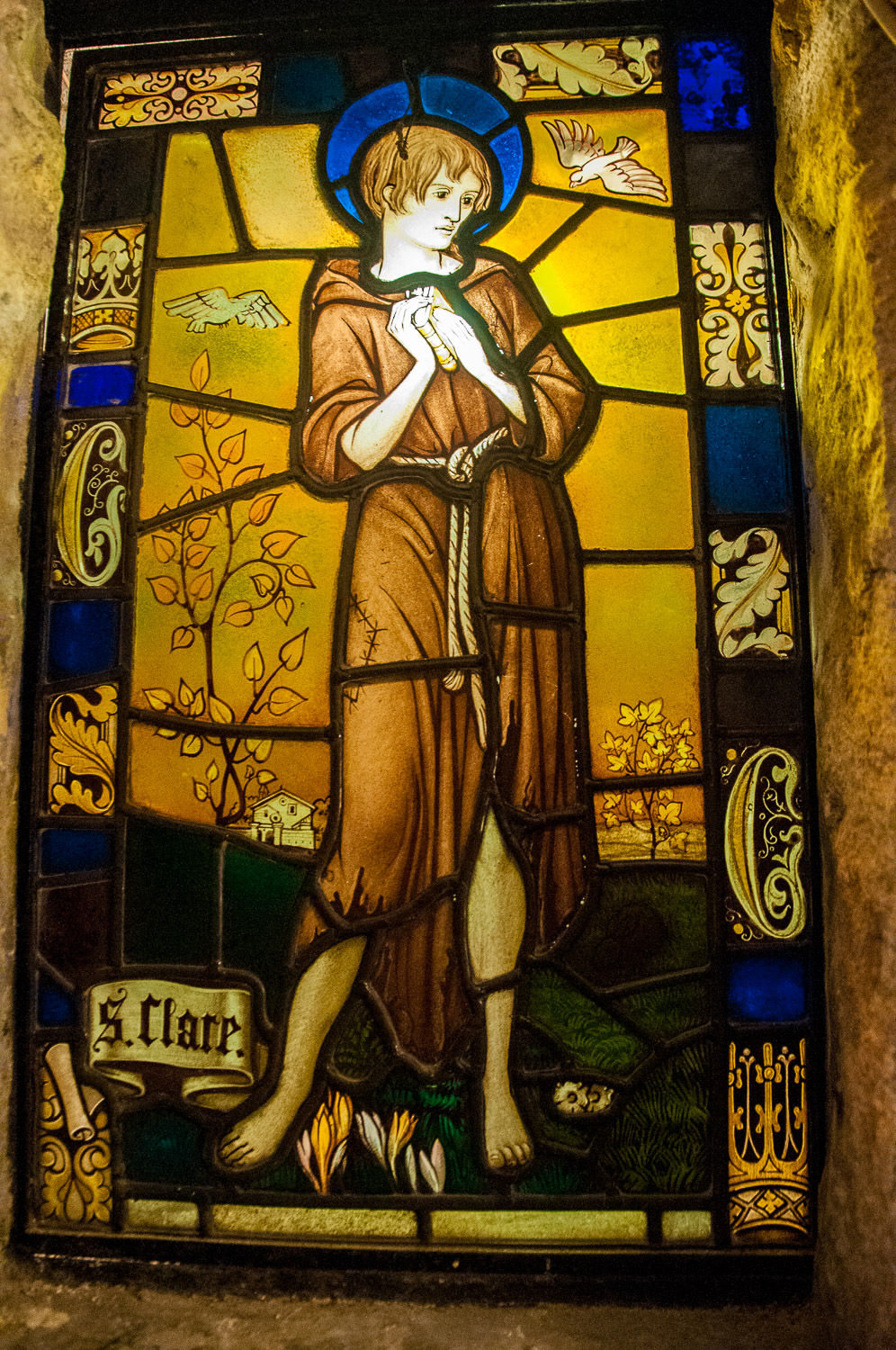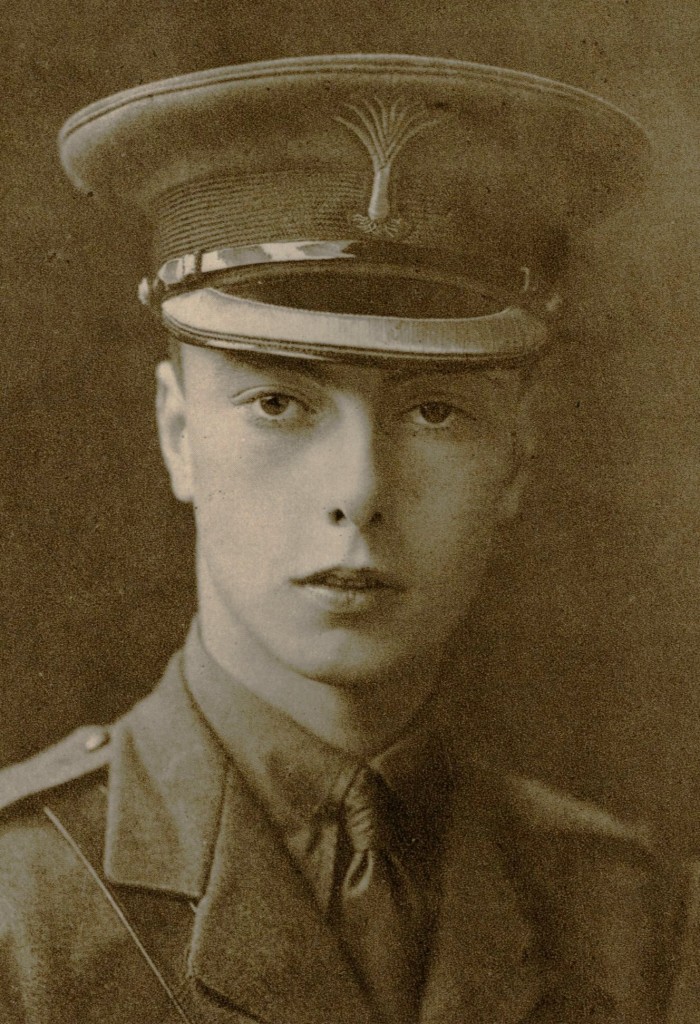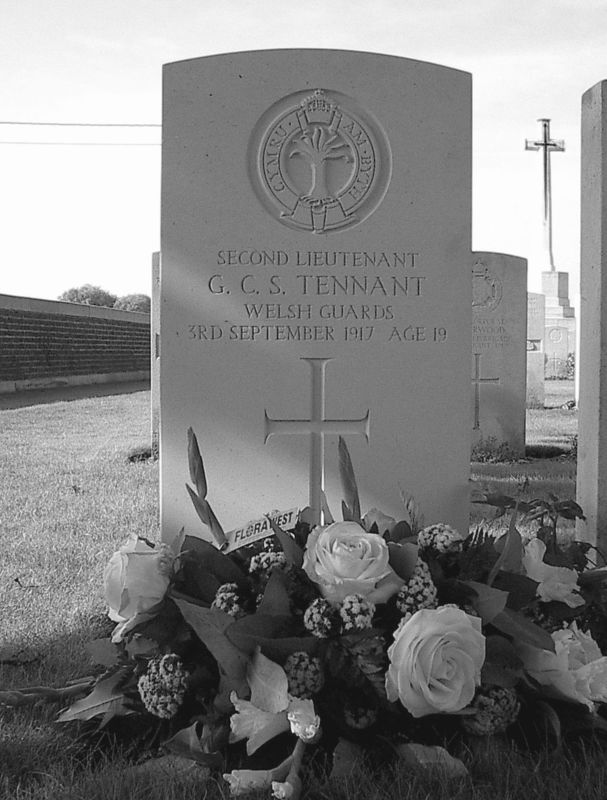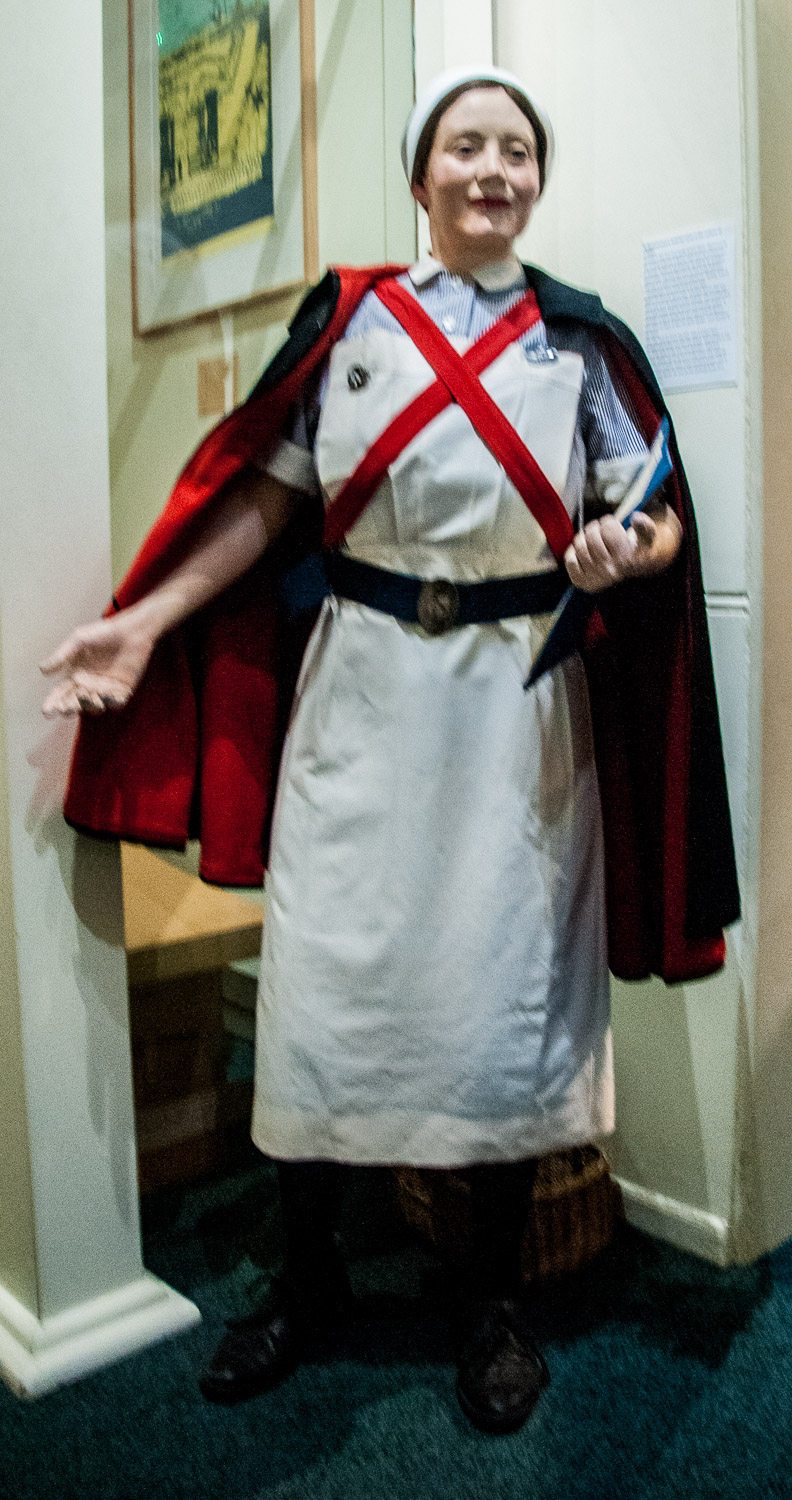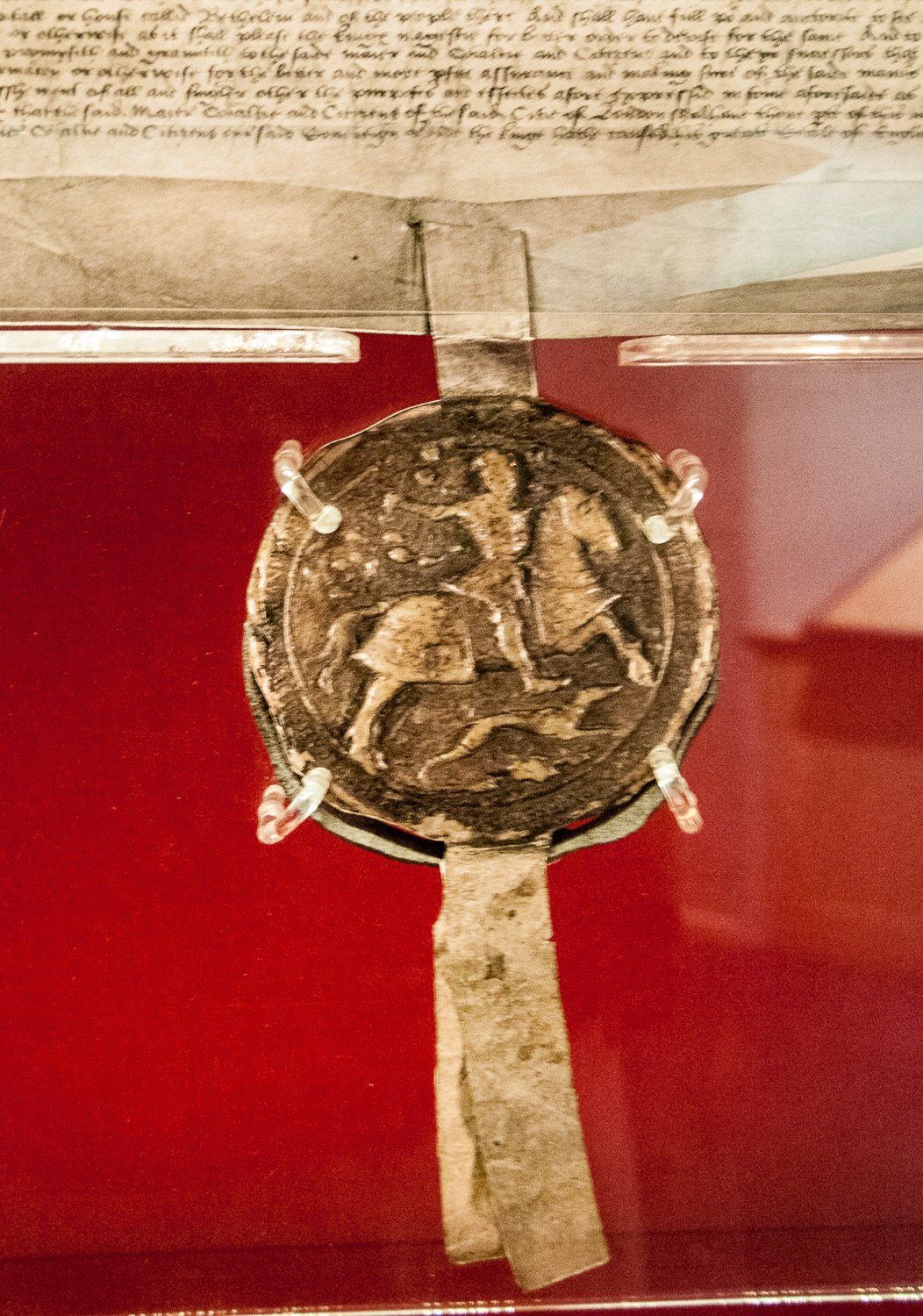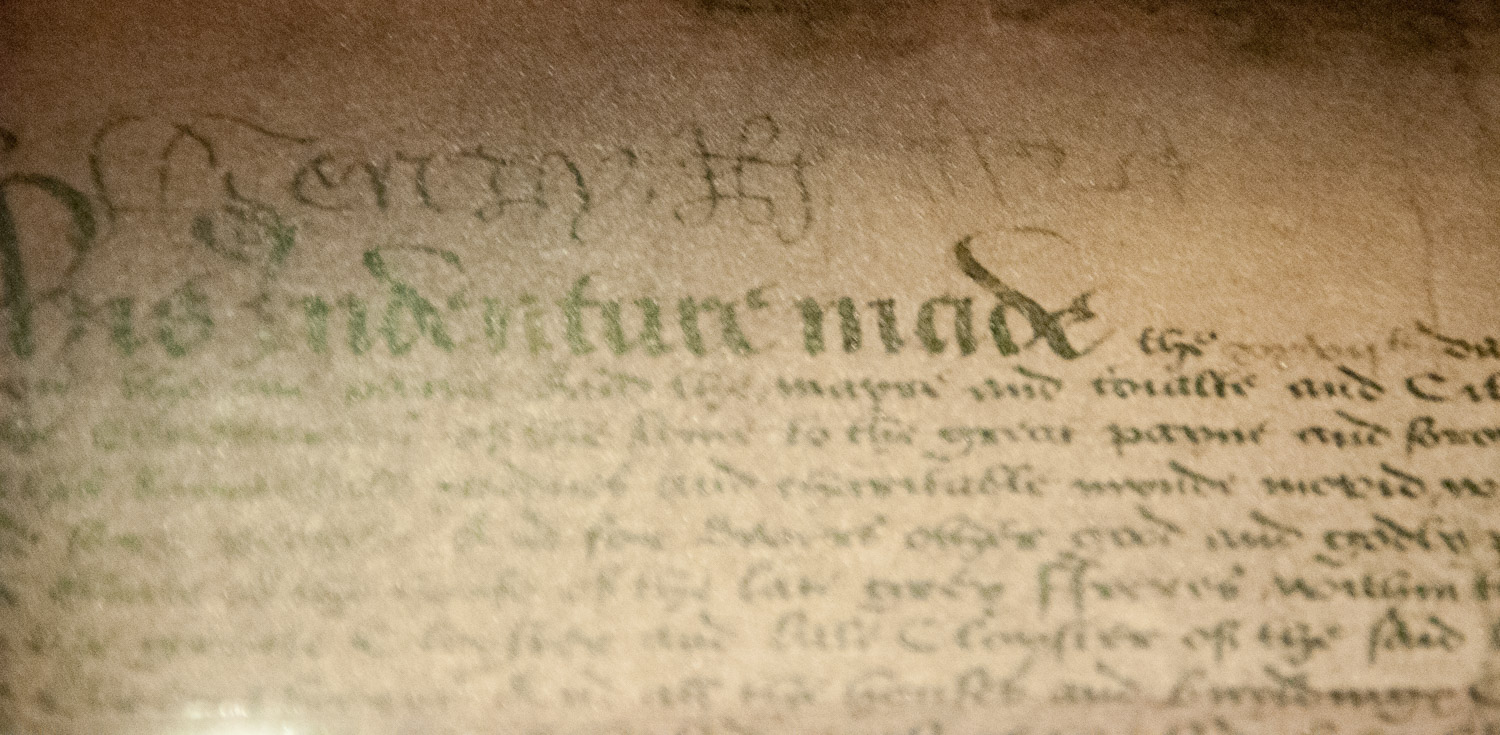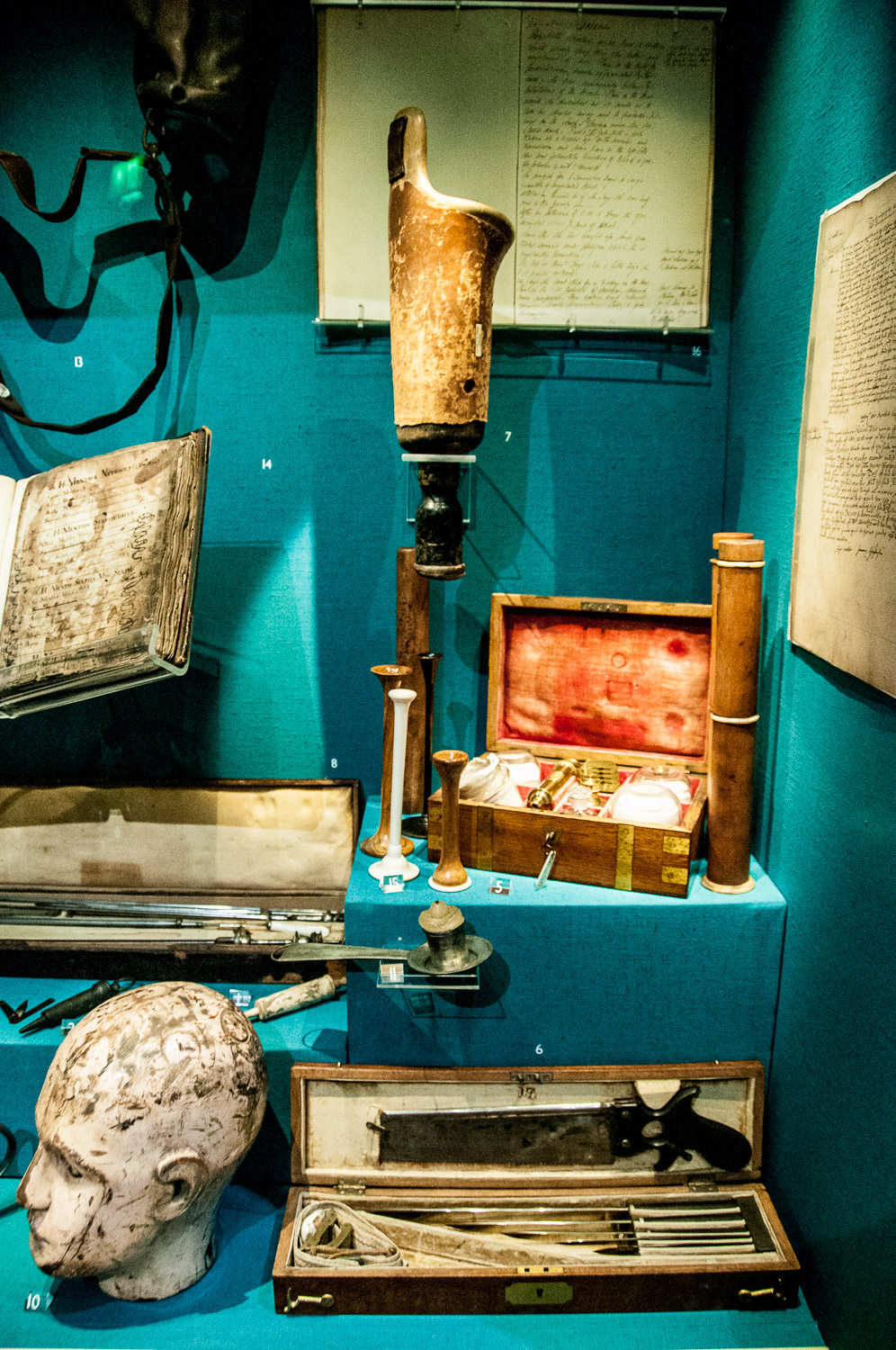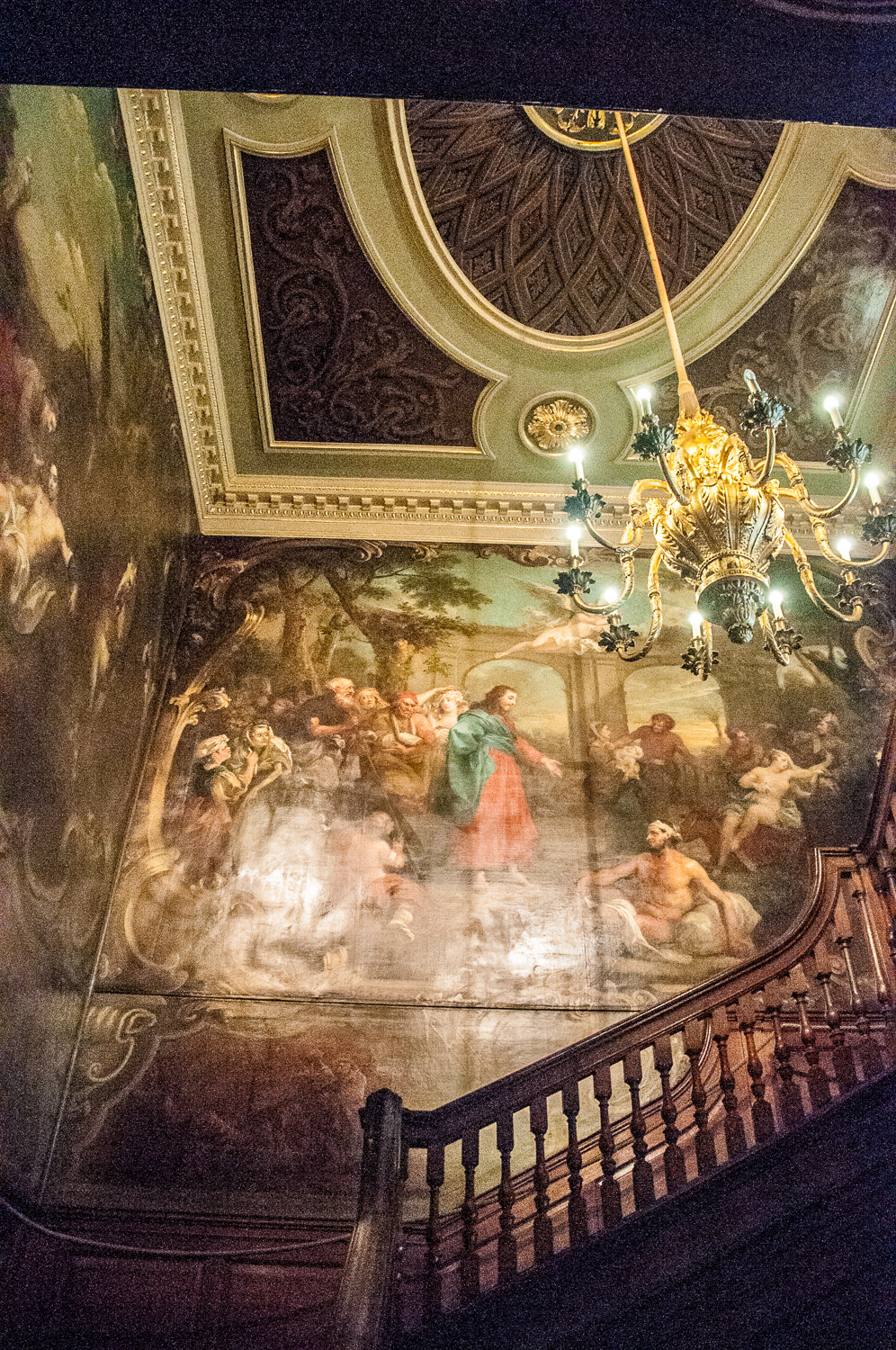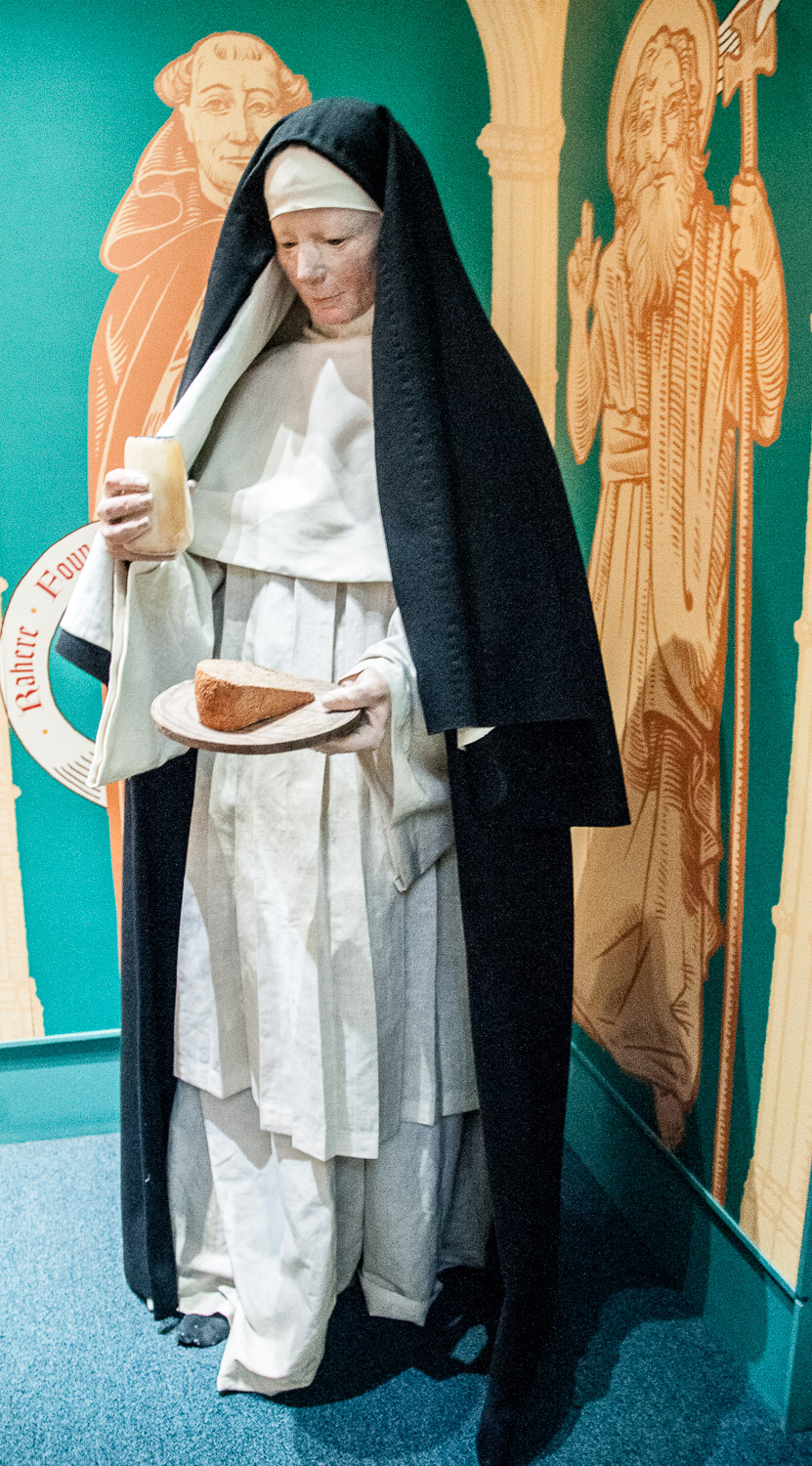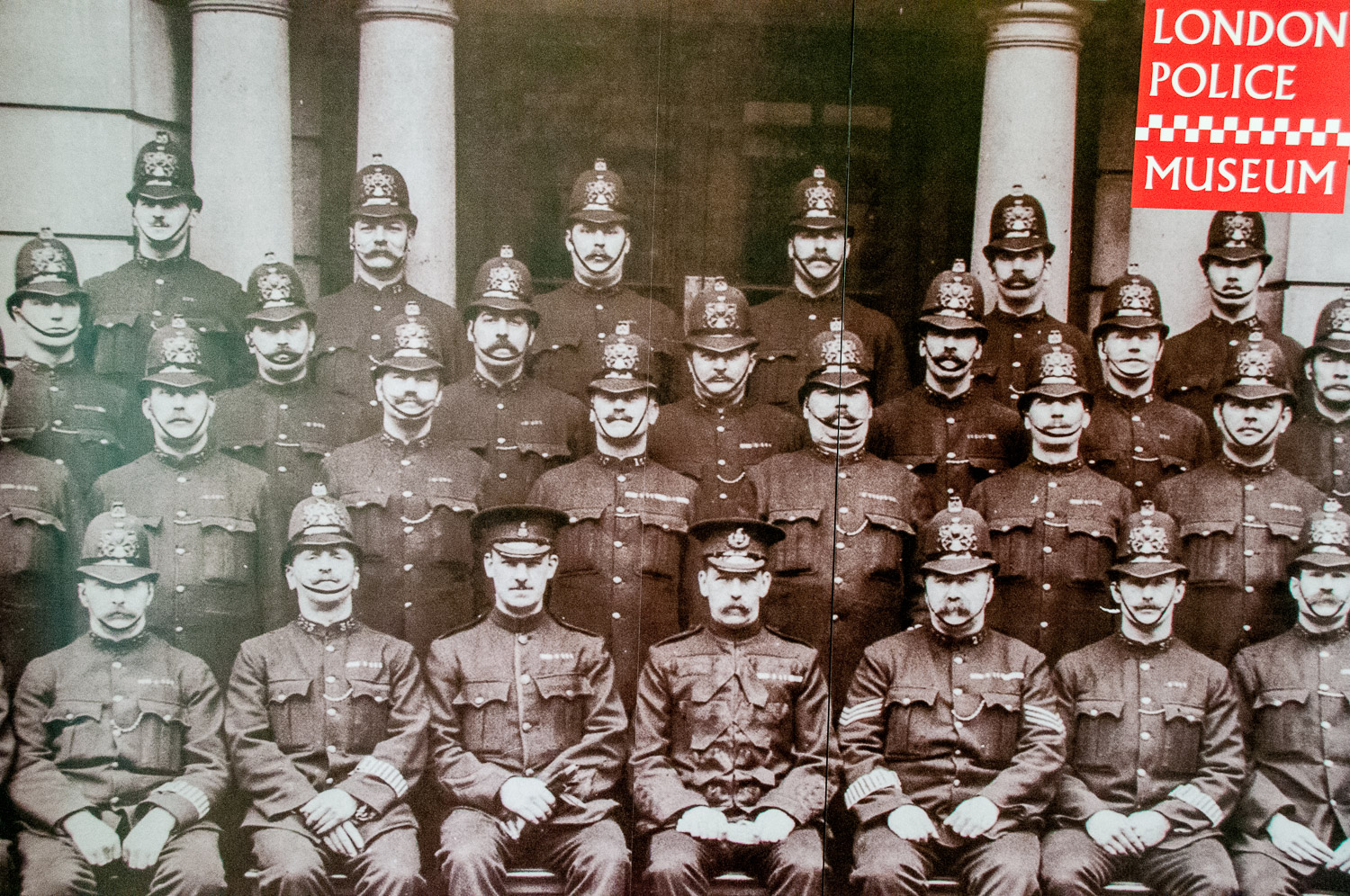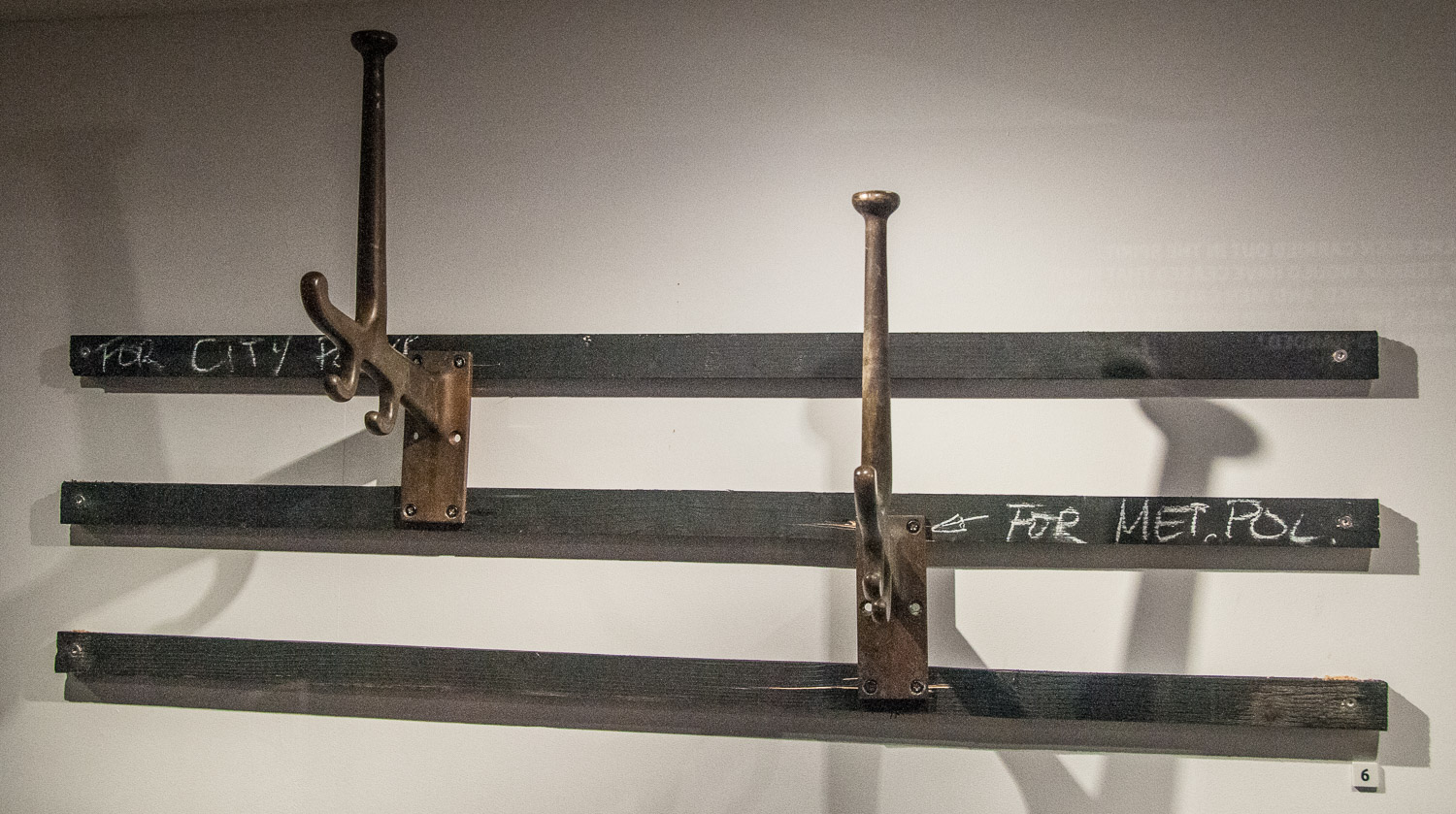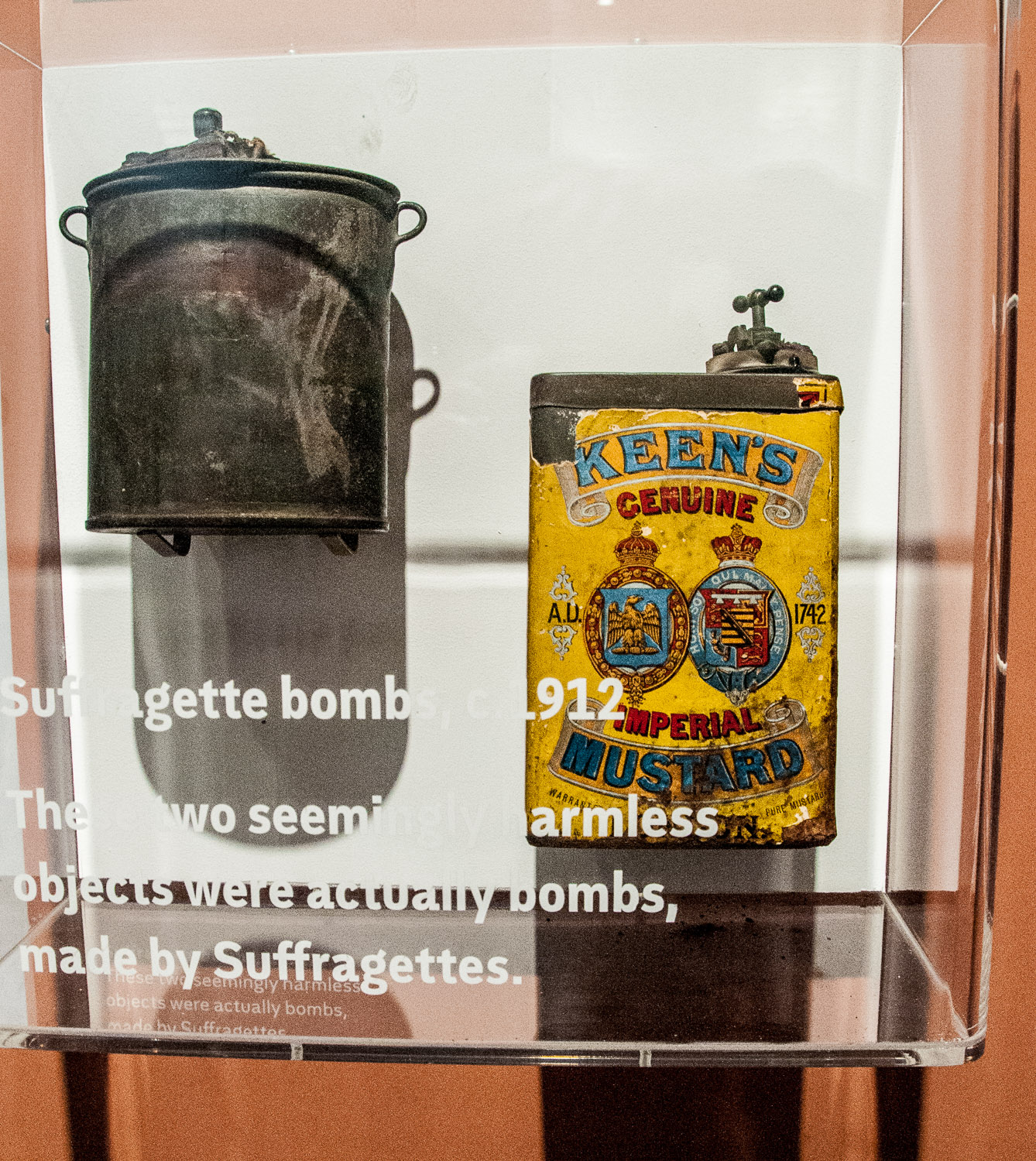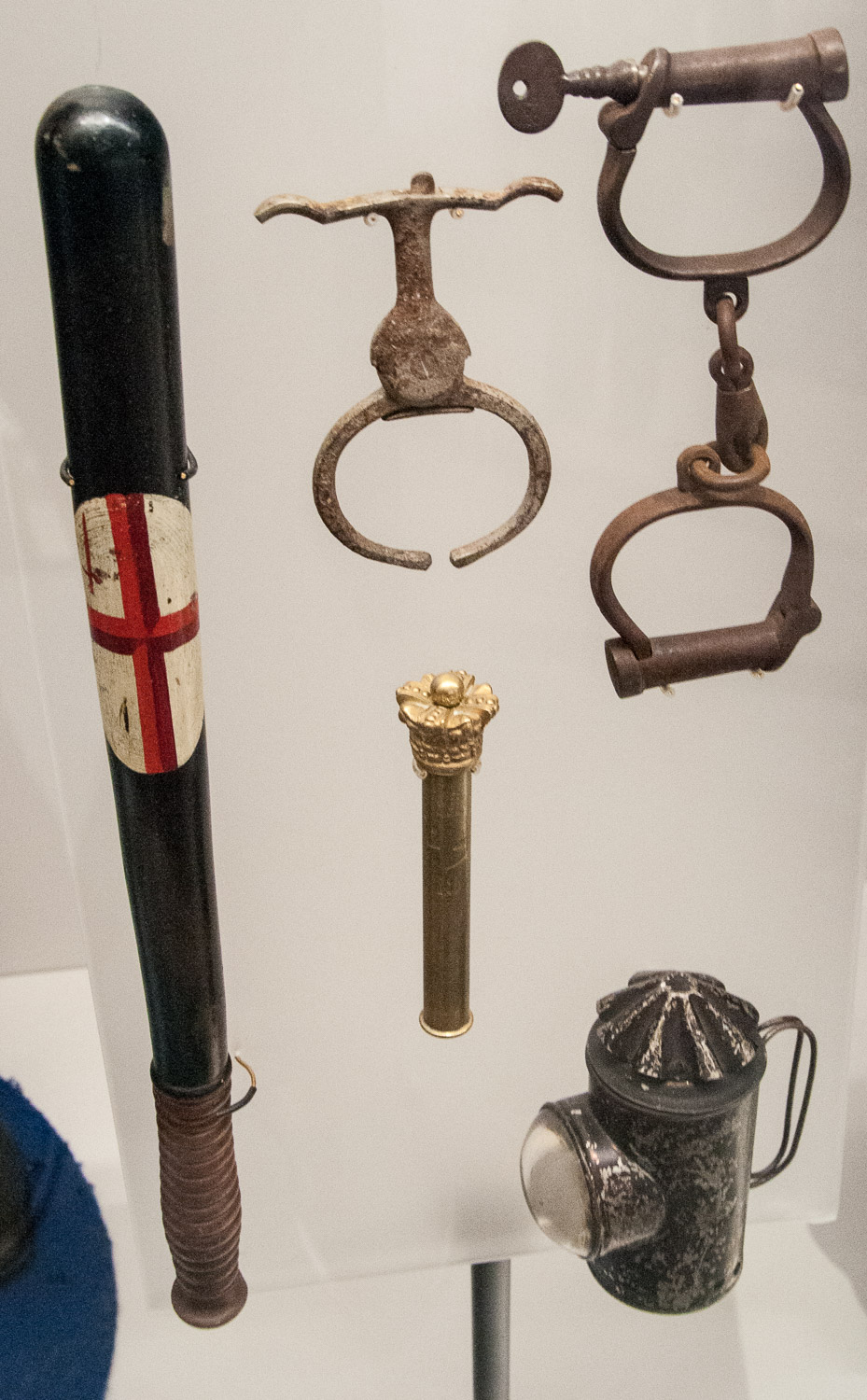Well, I didn’t know that the little town of Yatsuka in Japan had presented the City with a rather special gift in 2004 – a selection of tree peonies to bring ‘peace of mind to people in the United Kingdom’. I took this picture of one last week when we actually had some sun …
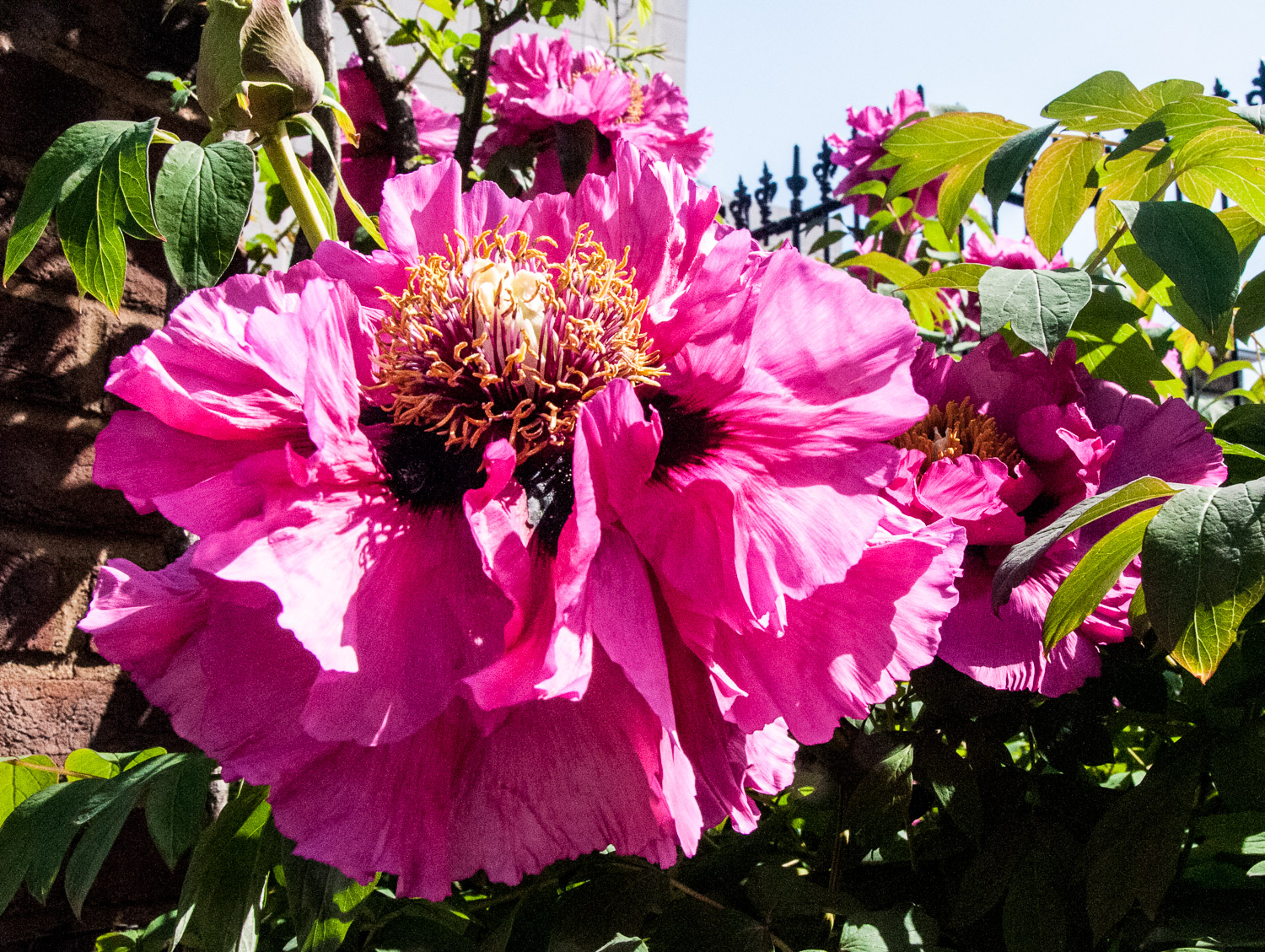
You will find it on Queen Victoria Street EC4V 2AR, the junction with Huggin Hill.
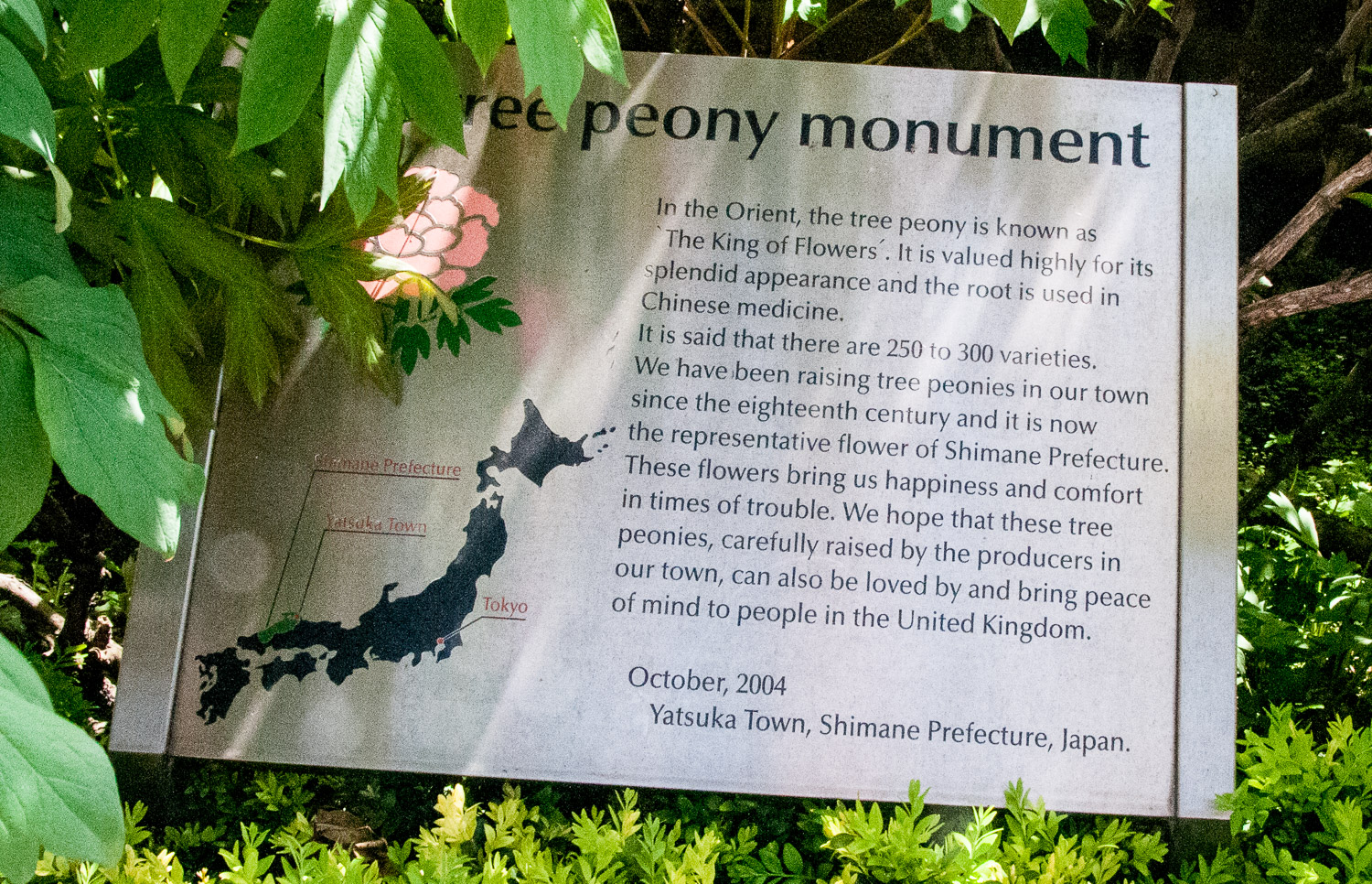
The commemorative plaque.
The pergola beside where the peonies live is part of the Cleary Garden – walk alongside the flowers, down some steps, and you can enjoy its quiet seclusion …
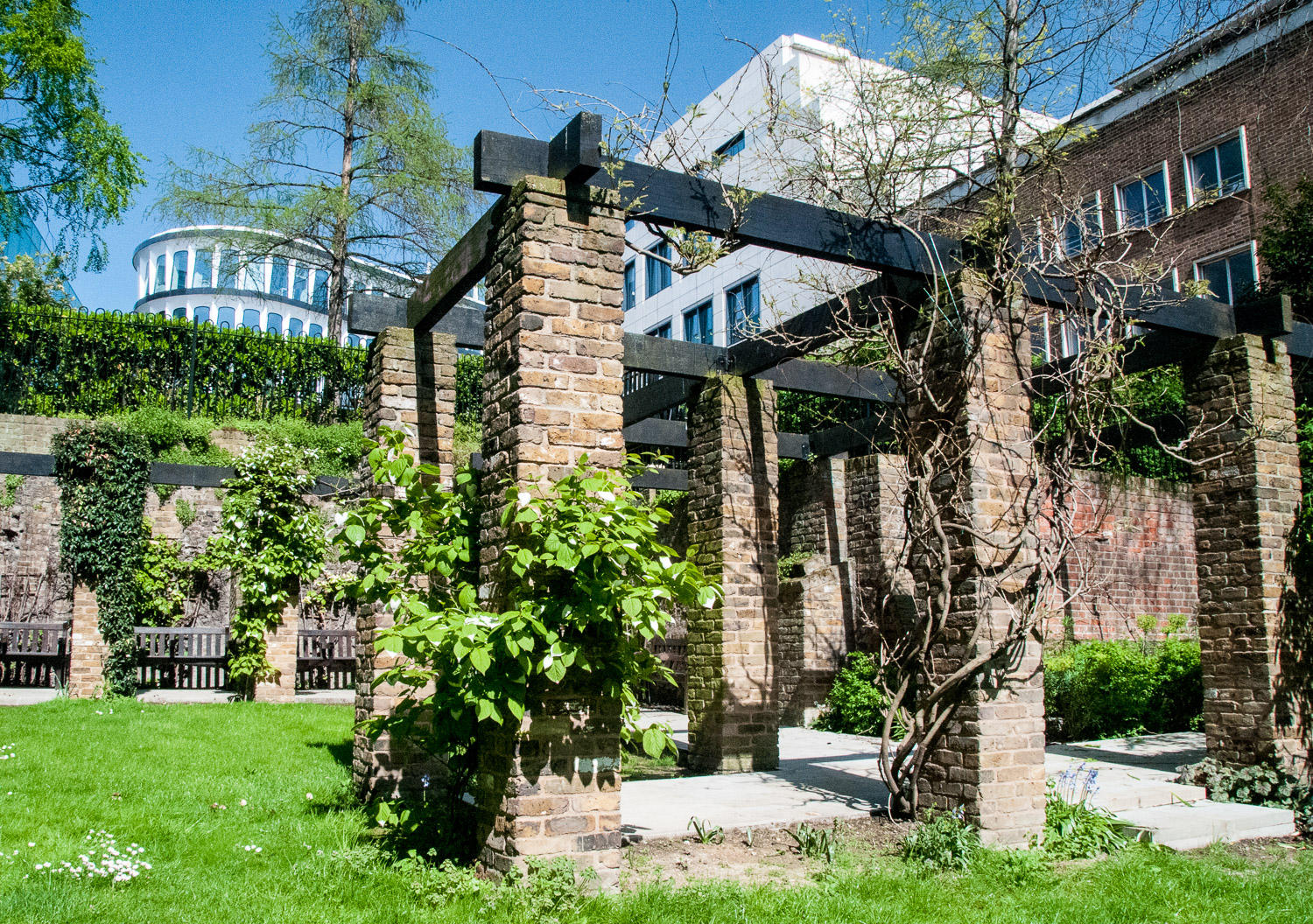
The Cleary Garden.
The City Gardens Guide tells us the garden is named after Fred Cleary who, during the 1970s, was instrumental in encouraging the planting of trees and the creation of new gardens throughout the square mile. During the blitz, the house which once stood here was destroyed exposing the cellars. A shoemaker called Joe Brandis decided that he would create a garden from the rubble, collecting mud from the river banks and transporting soil from his own garden in Walthamstow to the site. His success was such that on 29th July 1949 Queen Elizabeth the Queen Mother visited his handiwork.
Lots of construction work has been going on around Fore Street and London Wall for years but it is now reaching its conclusion. One great benefit at street level has been the opening up of more public space. Part of this is the Salters’ Hall Garden which nestles alongside the Roman wall …
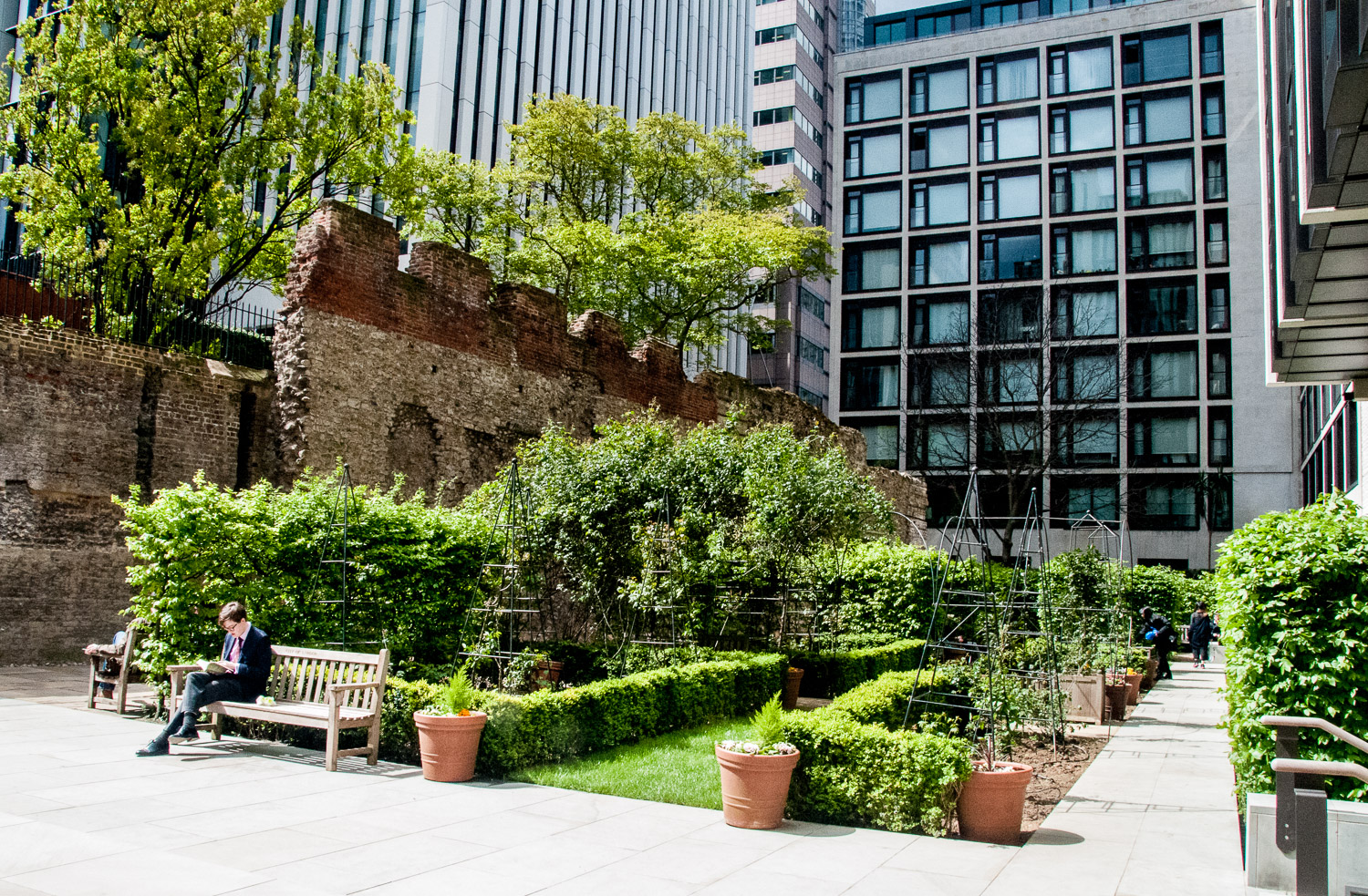
The Salters’ Hall Garden, 4 Fore Street EC2Y 5DE.
The ruins of the old St Alphage Priory are also now more accessible …
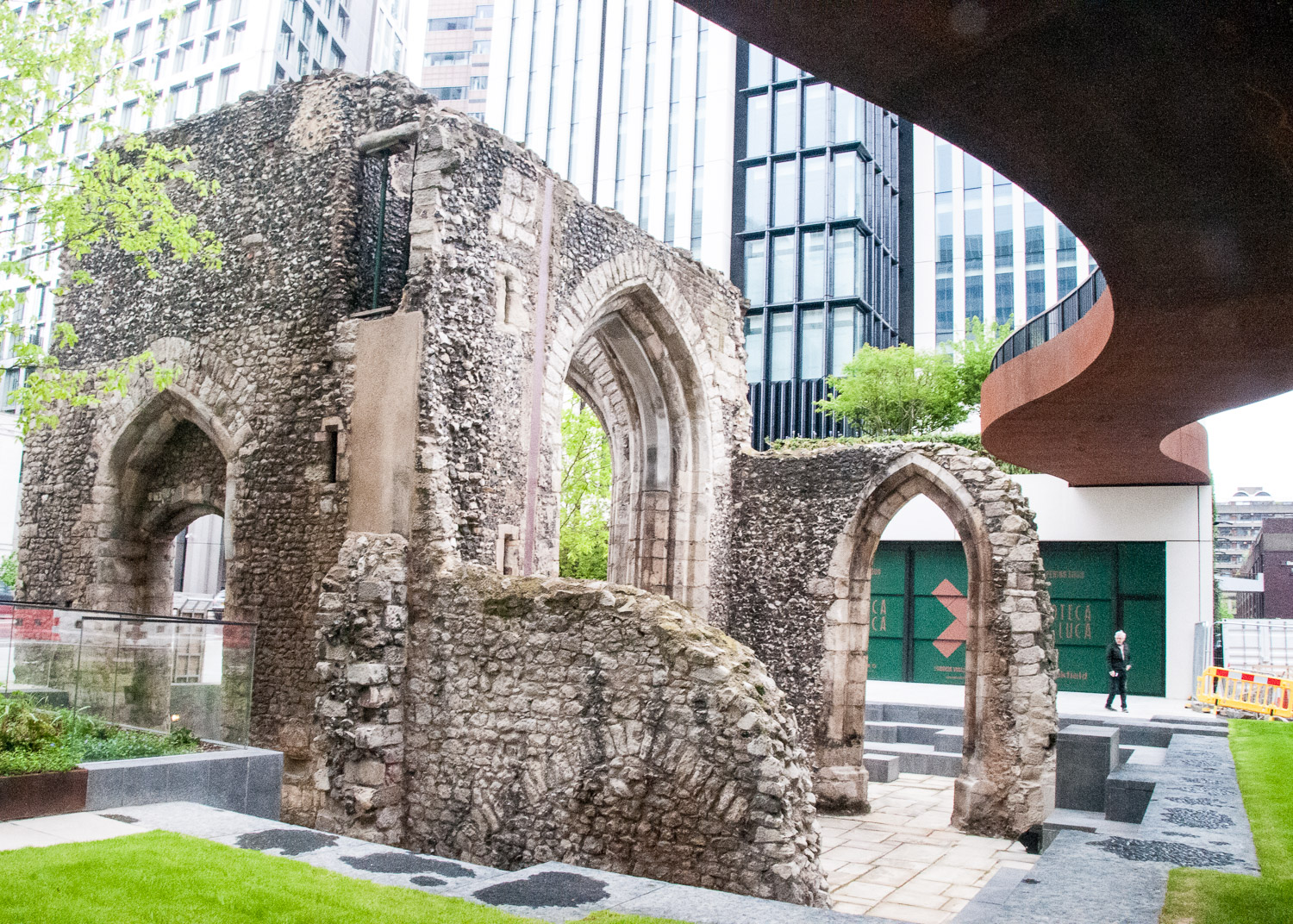
The new Barbican Highwalk weaves its way overhead.
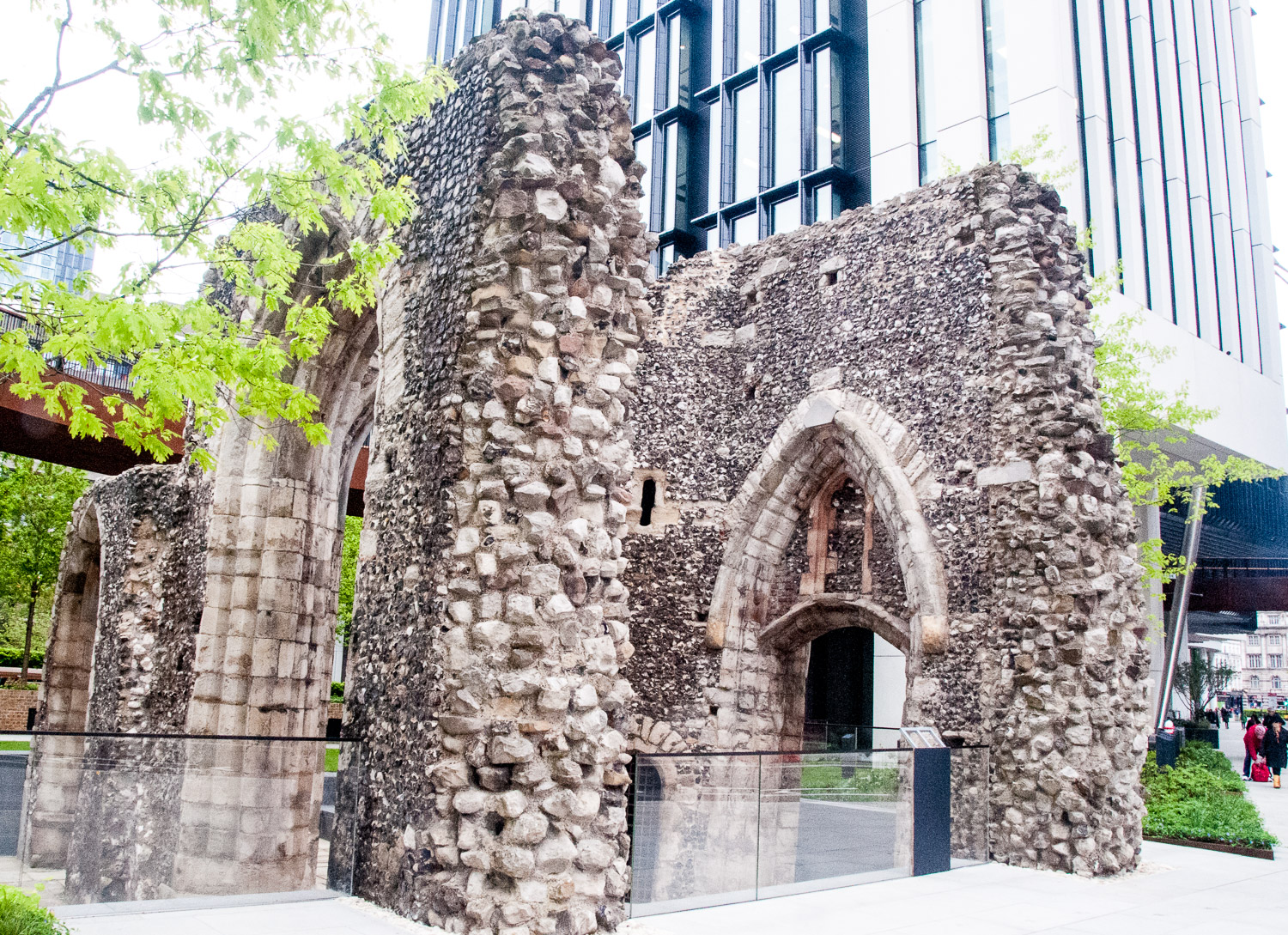
Another view from London Wall.
The arch entrance to the churchyard of St John Zachary is very impressive …
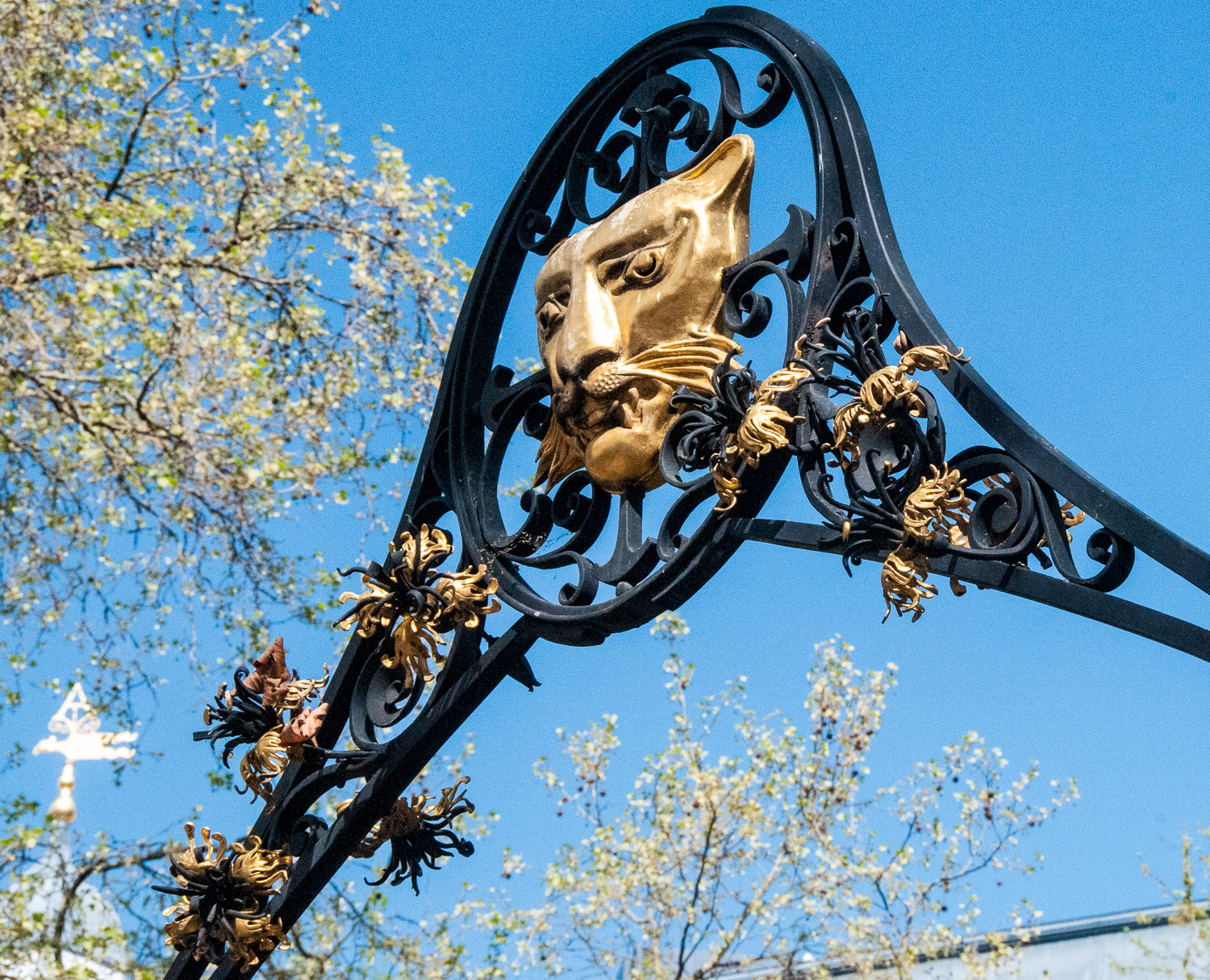
25 Gresham Street EC2V 7HN.
It incorporates the leopard’s head hallmark of the Goldsmiths’ Company Assay Office and the Company livery hall is nearby across the road. Garden features include a fountain …
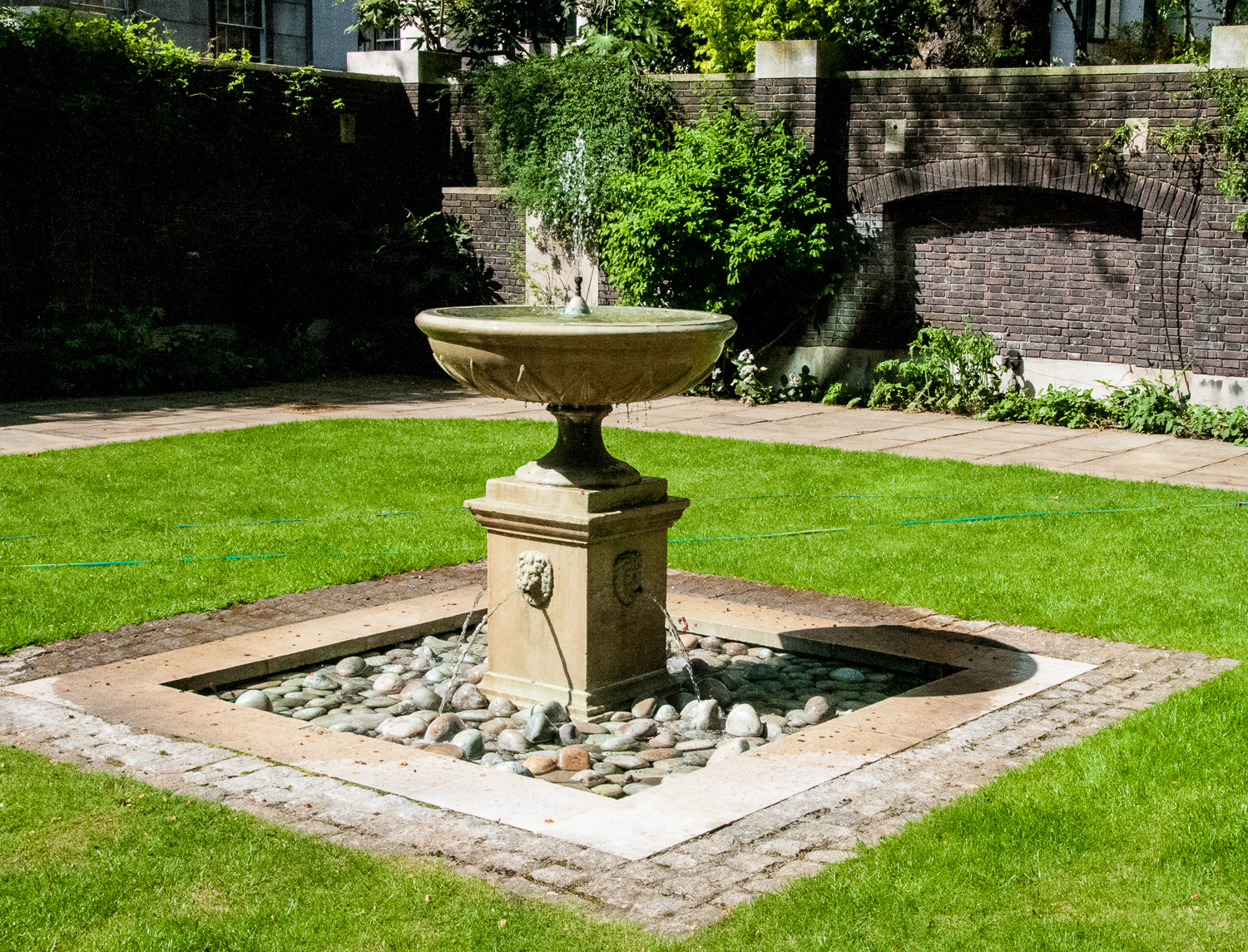
And an intriguing Portland stone statue …
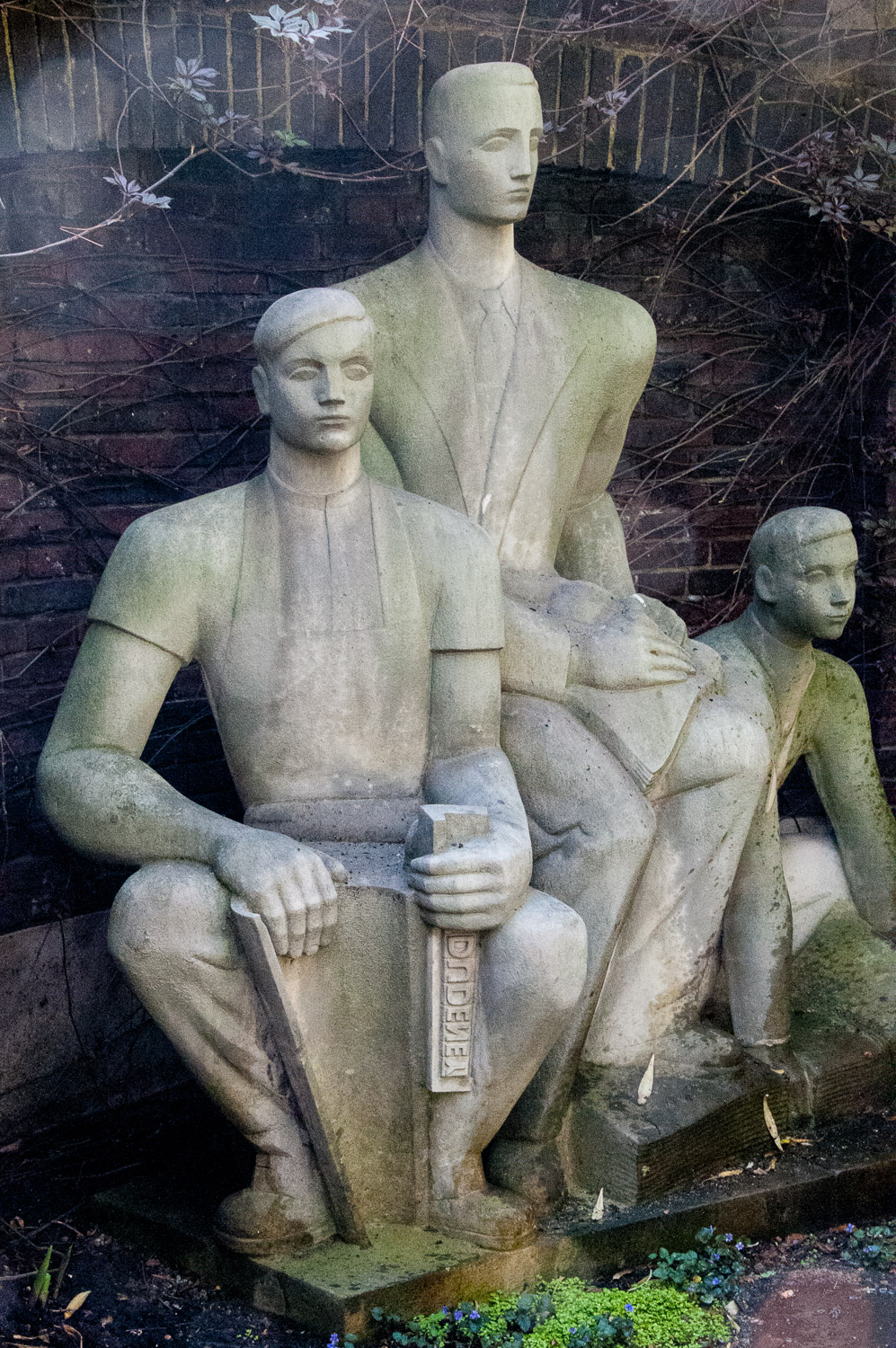
Wilfred Dudeney’s monument Three Printers (1954) has been here since 2009. Commissioned by the Westminster Press Group, it represents the newspaper process with a newsboy (sales), printer and editor (or proprietor), and used to stand by their offices in New Street Square. When the square was redeveloped the Goldsmiths’ Company, as the freeholders of the square, relocated the sculpture here (they had to rescue it from a demolition yard). Look closely, the printer is grasping a ‘stick’ for holding metal type, and Dudeney’s name is in ‘mirror writing’ just as it would have been when typeset the old-fashioned way.
When I visited the little garden at St Mary Somerset it was the day of the London Marathon and spectators had gathered alongside Upper Thames Street …

The garden is in two parts and separated by the church tower …
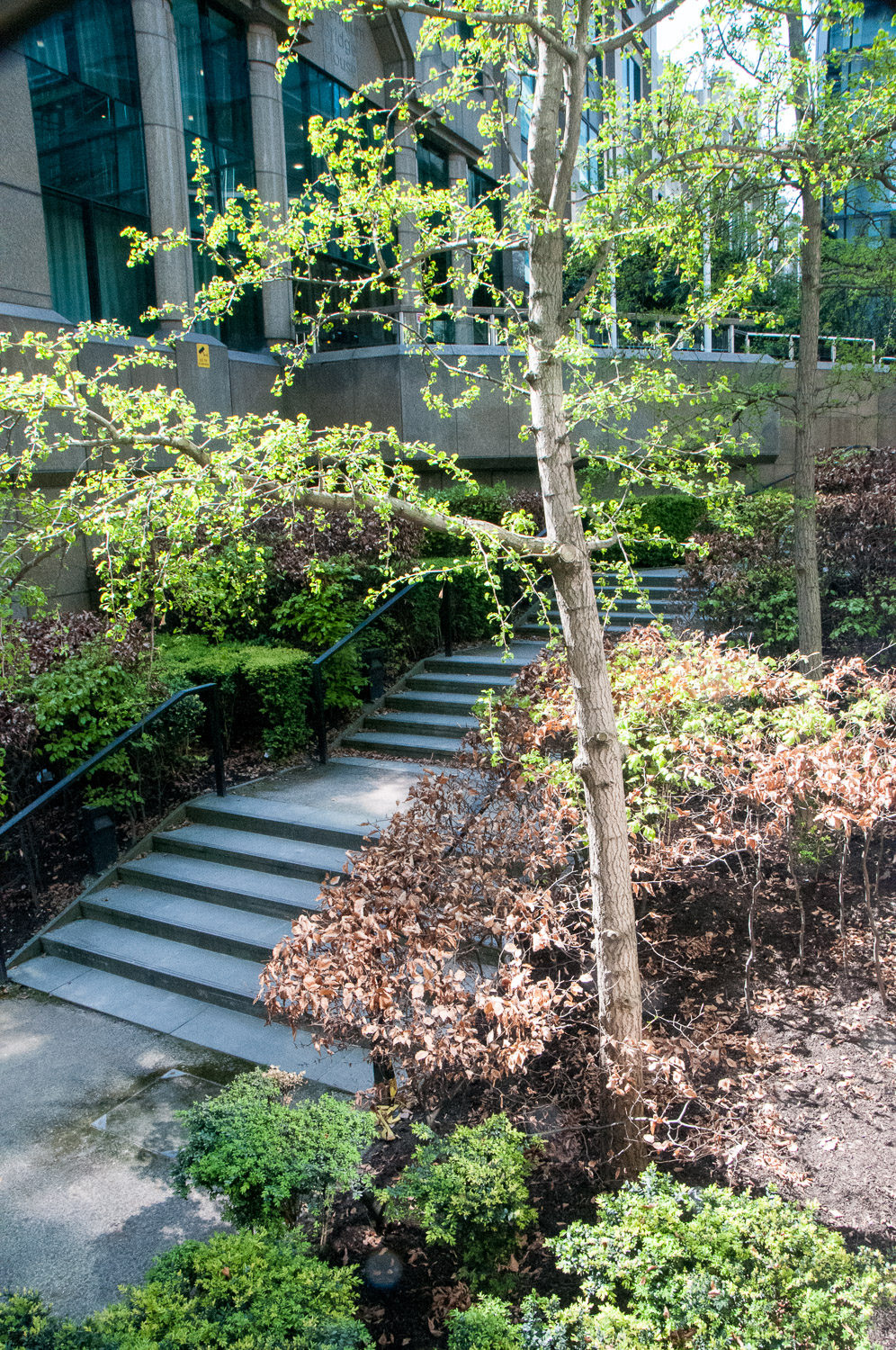
Part of the St Mary Somerset garden.
Something else I only discovered recently was that St Dunstan-in-the-West had a burial ground separate from the church – it’s located at Breams Buildings EC4A 1DZ …
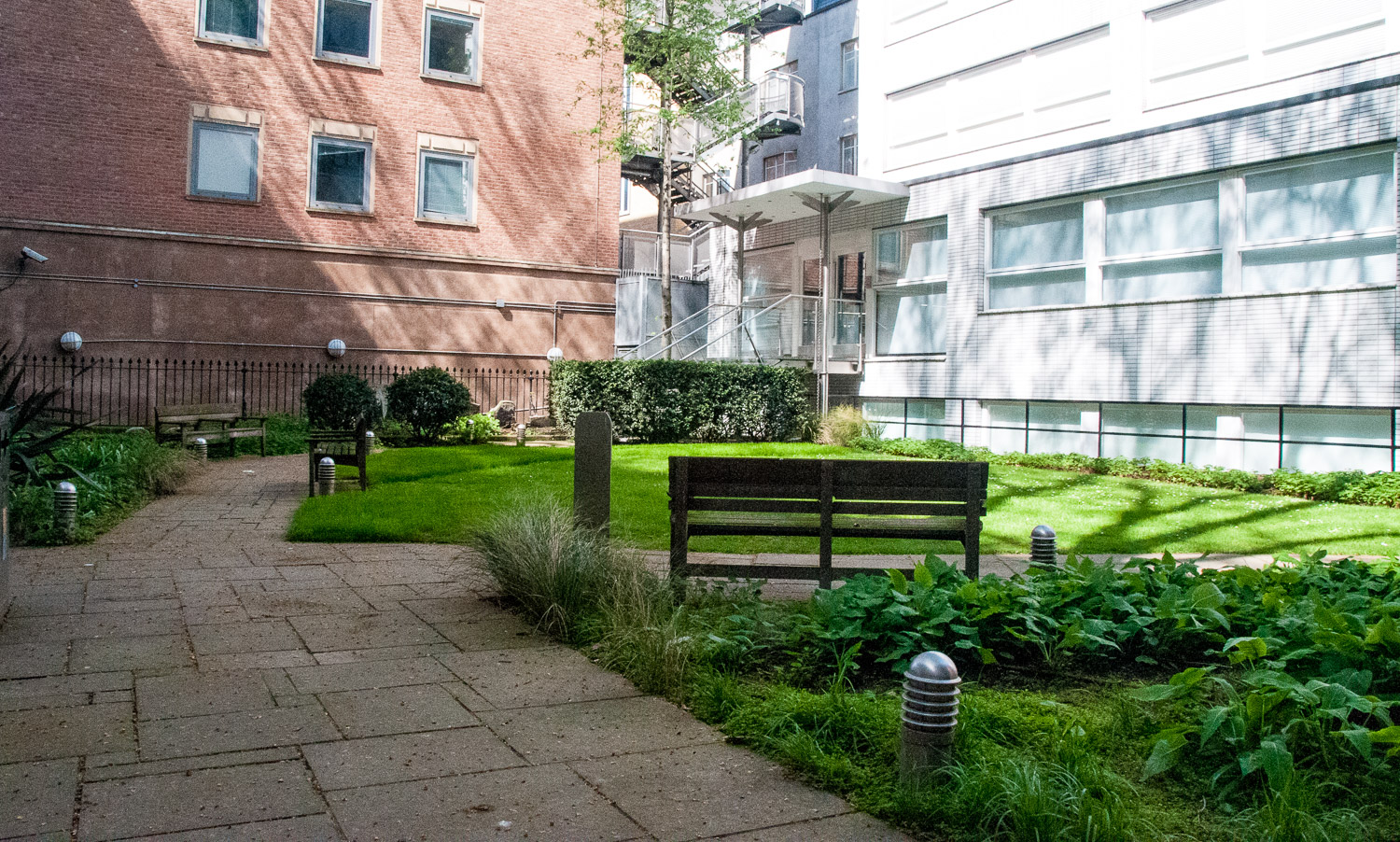
The garden is a fragment of the former burial ground with the church located further south facing onto Fleet Street. Bream’s Buildings was an 18th century close off Chancery Lane that was extended to Fetter Lane in 1882.
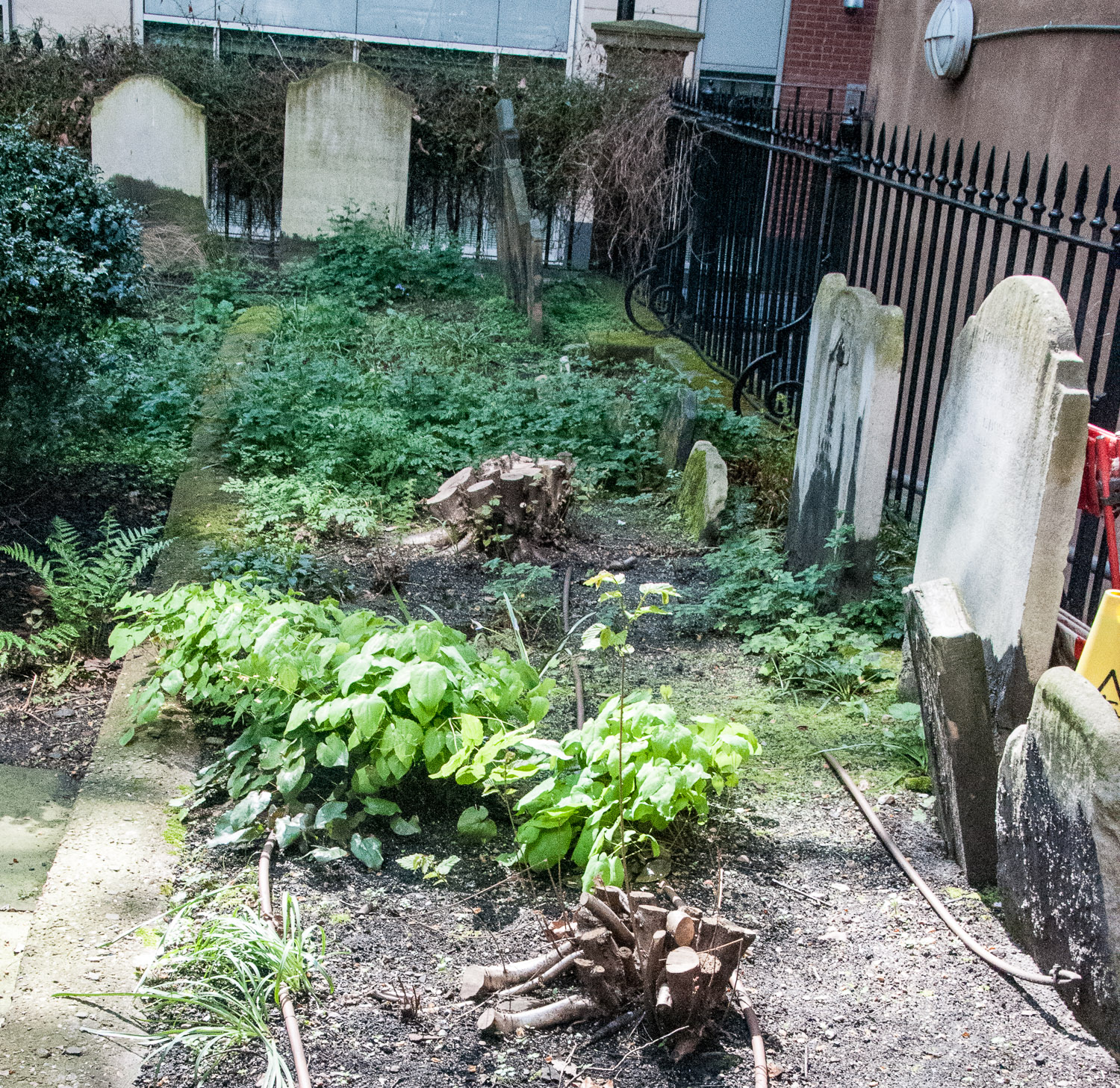
A few tombstones remain.
This pretty little expanse of green is in the middle of the West Smithfield Rotunda (EC1A 9BD) …
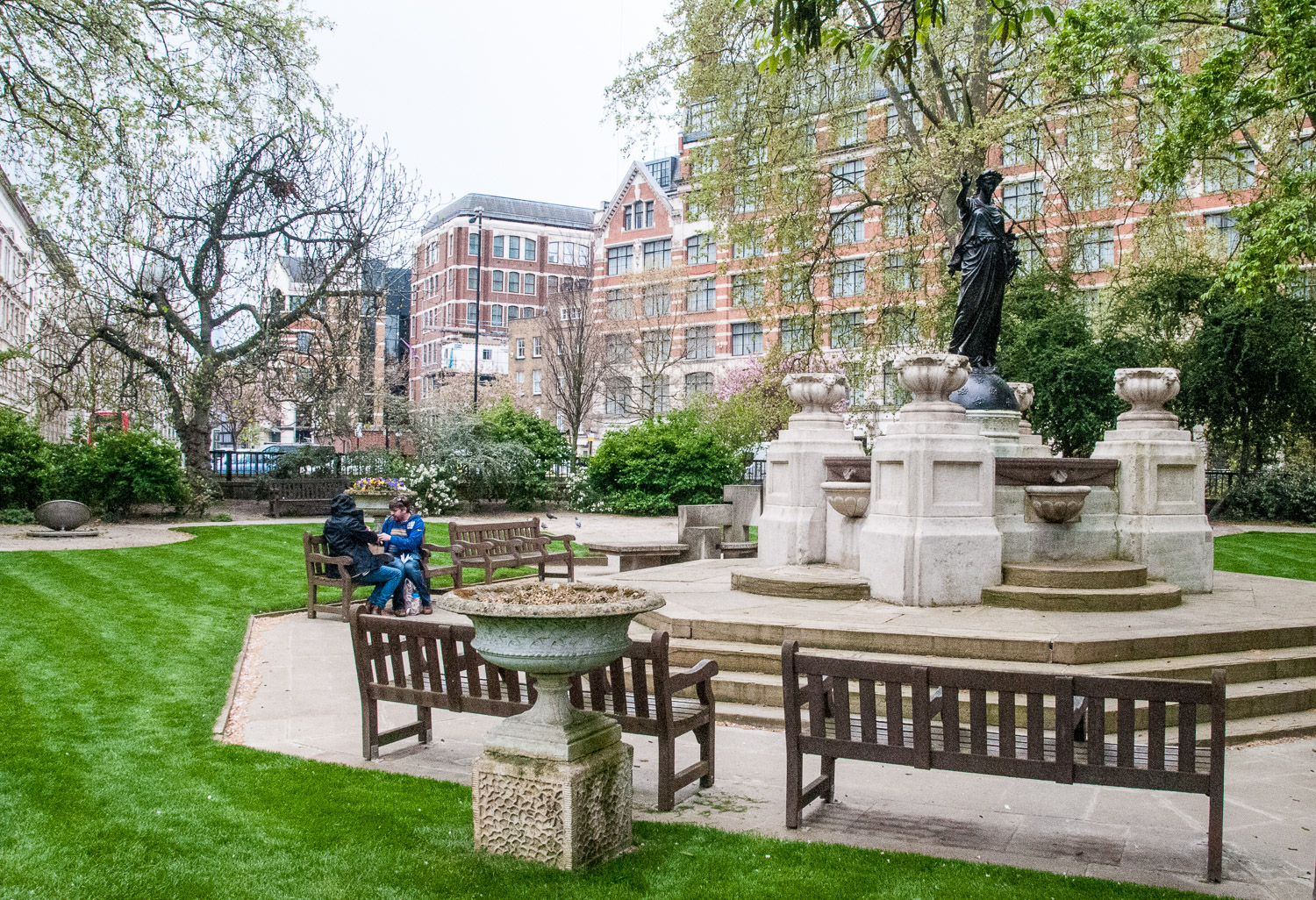
The site was laid out as public gardens by the Corporation of London and opened to the public in 1872. A drinking fountain with a bronze figure representing ‘Peace’ was erected in 1873 …
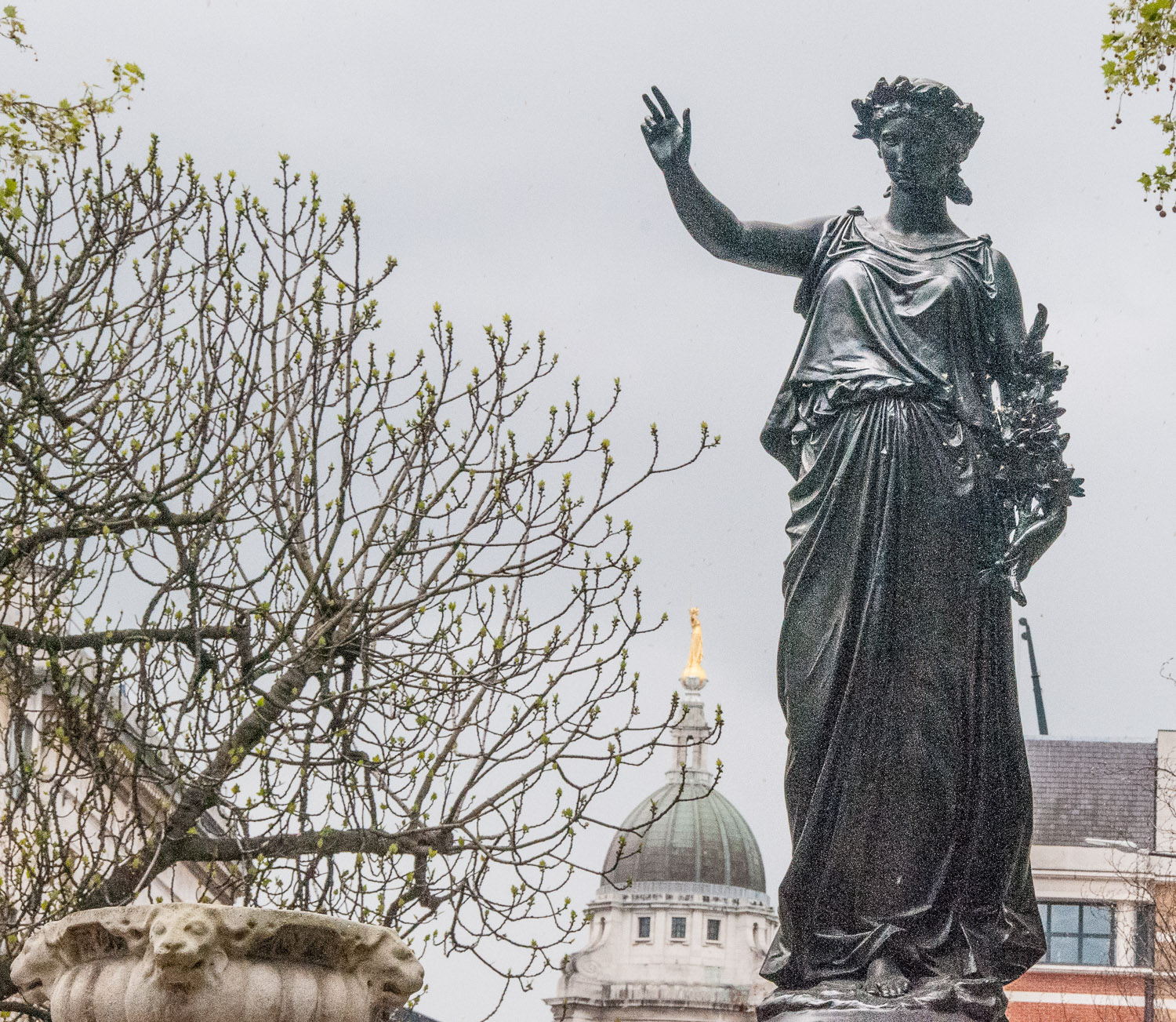
‘Peace’, with Lady Justice atop the Old bailey in the background.
I don’t think this garden has a formal name but it is sheltered from the traffic and has nice views of St Paul’s and St Augustine with St Faiths …
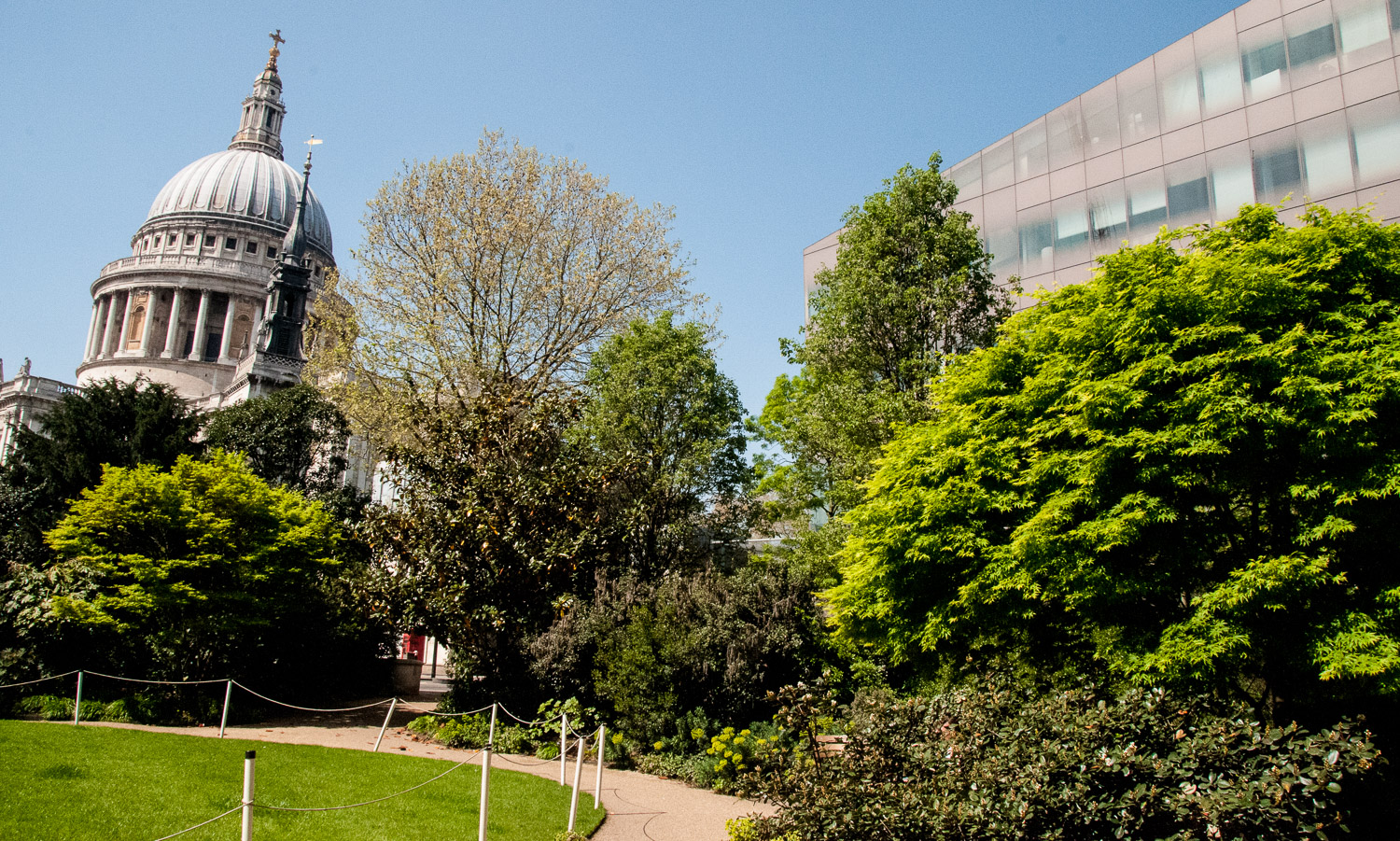
Junction of New Change and Cannon Street.
And finally the Moor Lane pop up garden, the first in a series of pop-up gardens commissioned by the City of London. It improves the environment in more ways than one – adding a splash of green to the City’s streets, whilst also helping to improve the quality of it’s air.
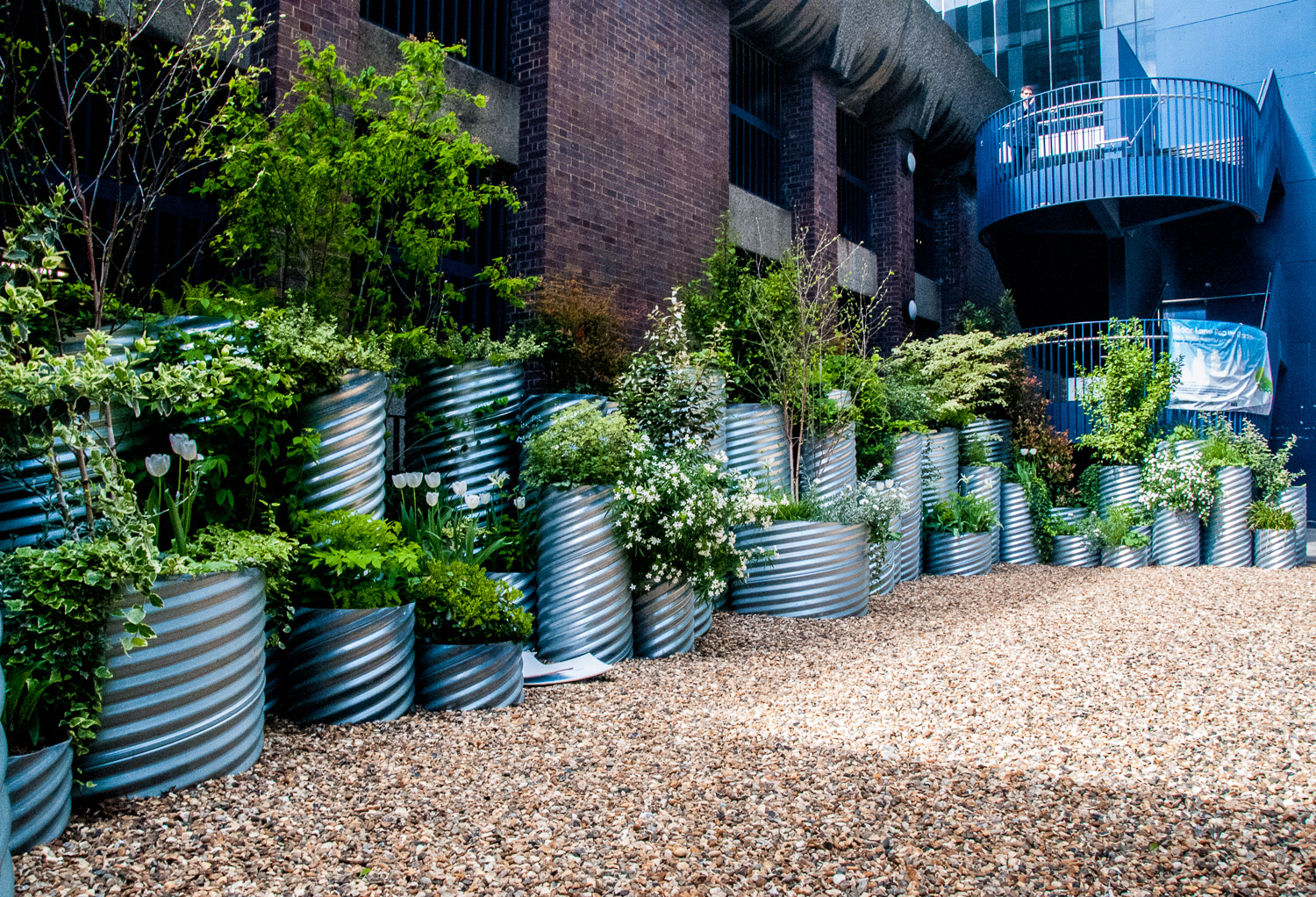
Moor Lane EC2Y 9DP.
It was designed by Studio Xmple, built by volunteers from Friends of City Gardens and its launch coincided with the UK’s first National Clean Air Day. This aims to raise awareness about the harmful effects of air pollution and educate about how to reduce exposure to it.
